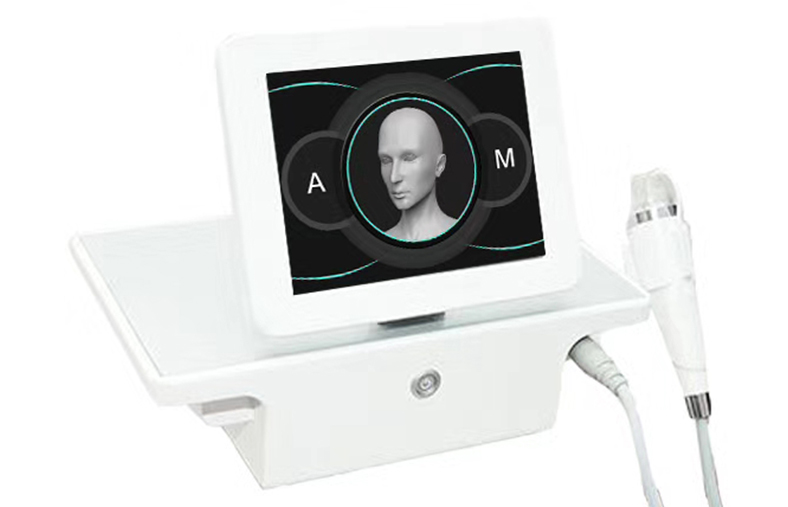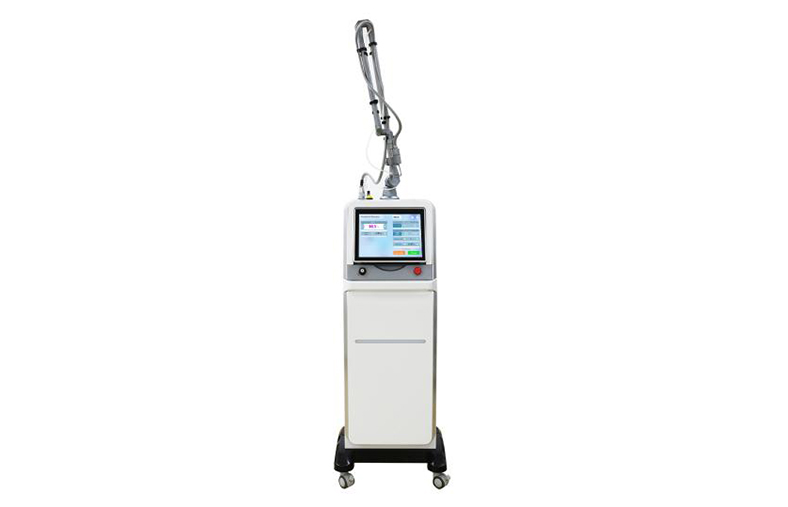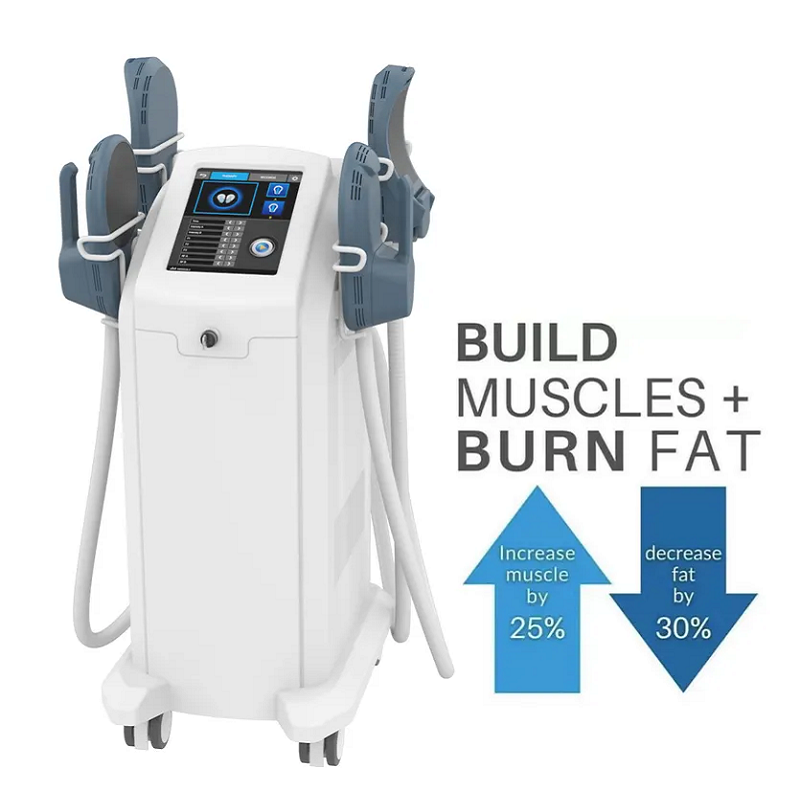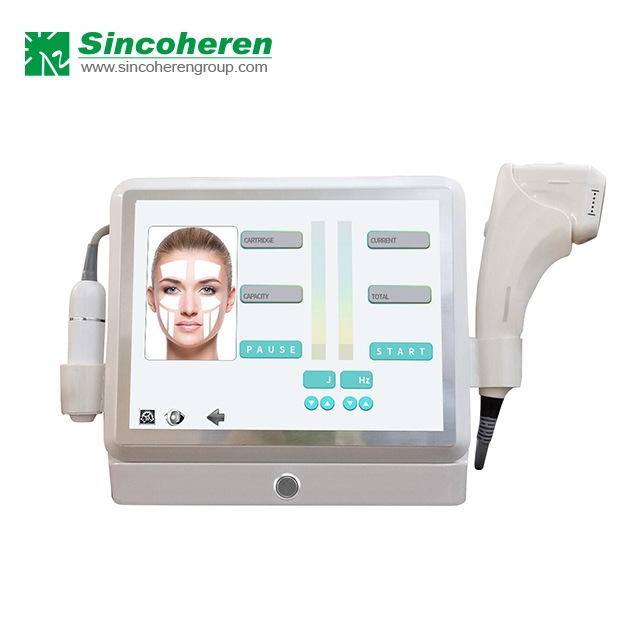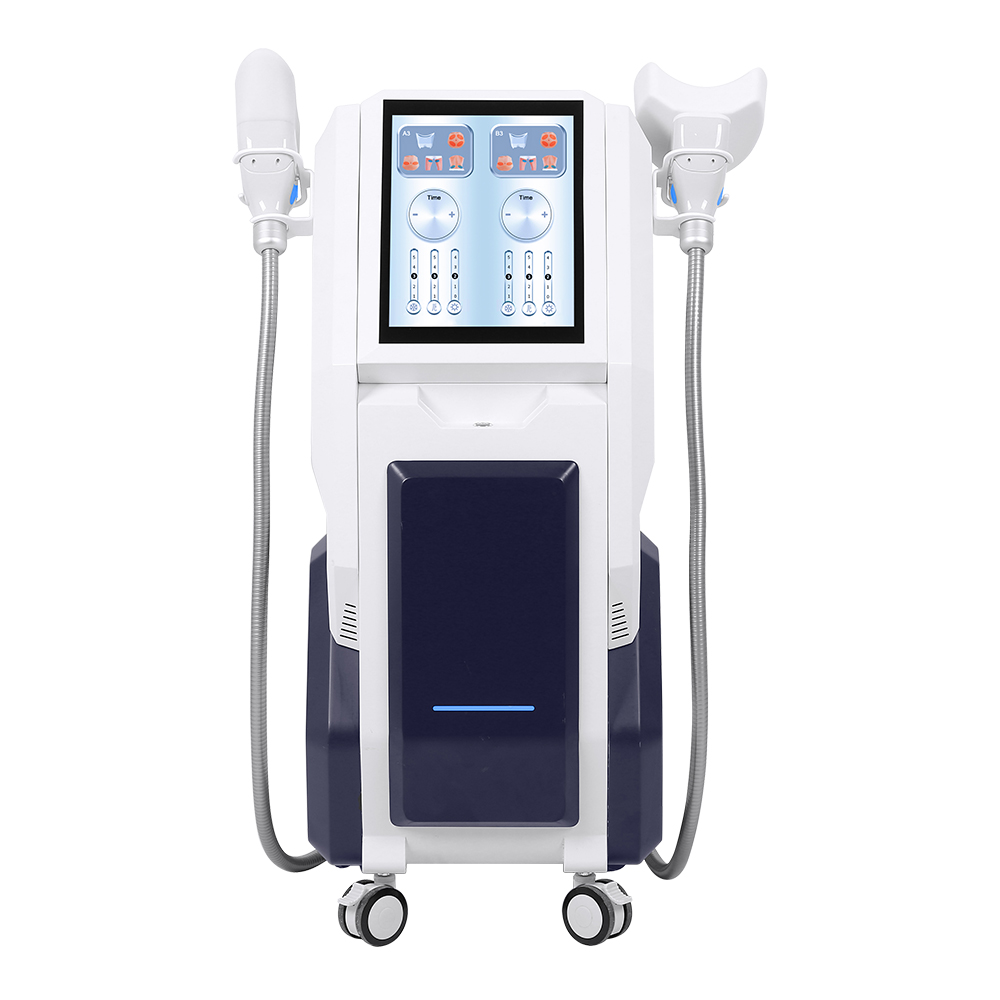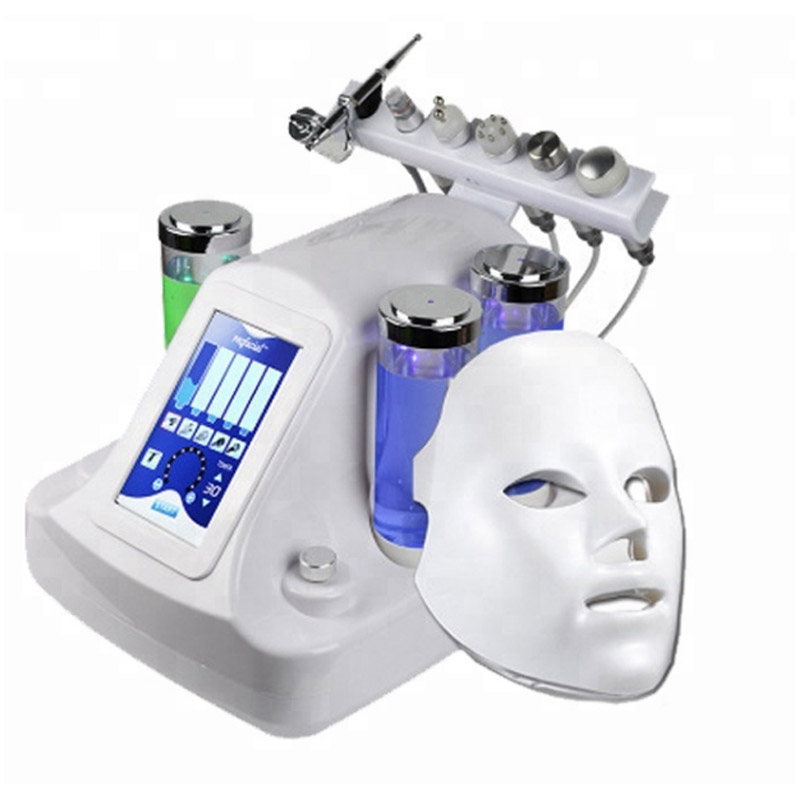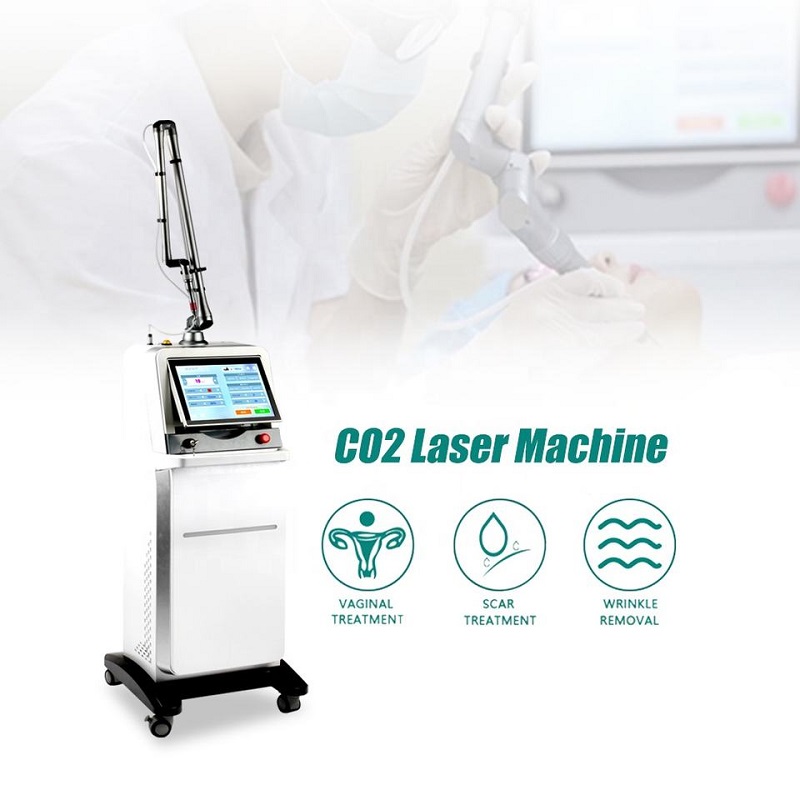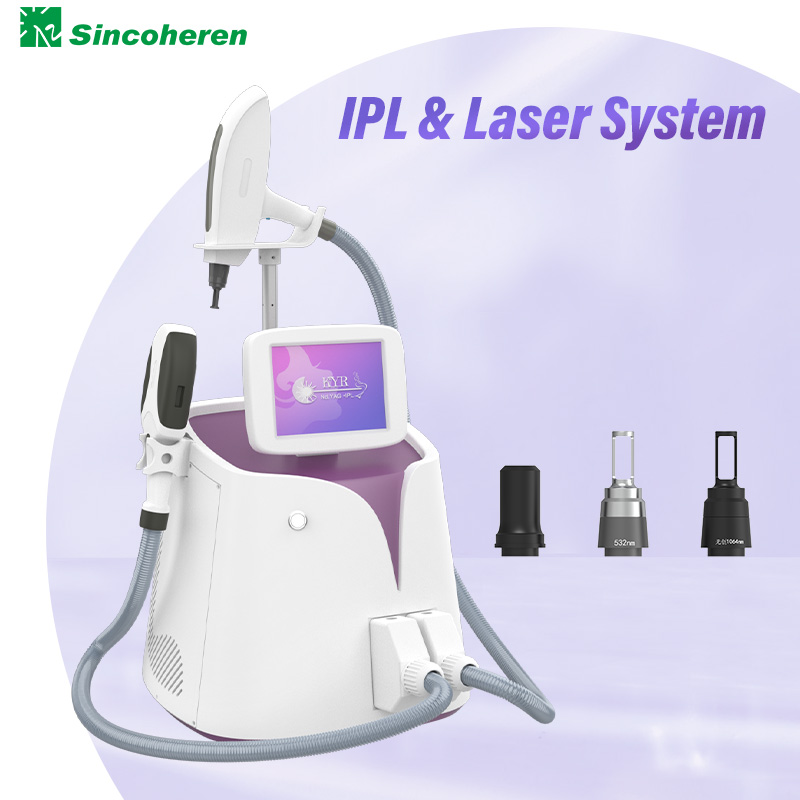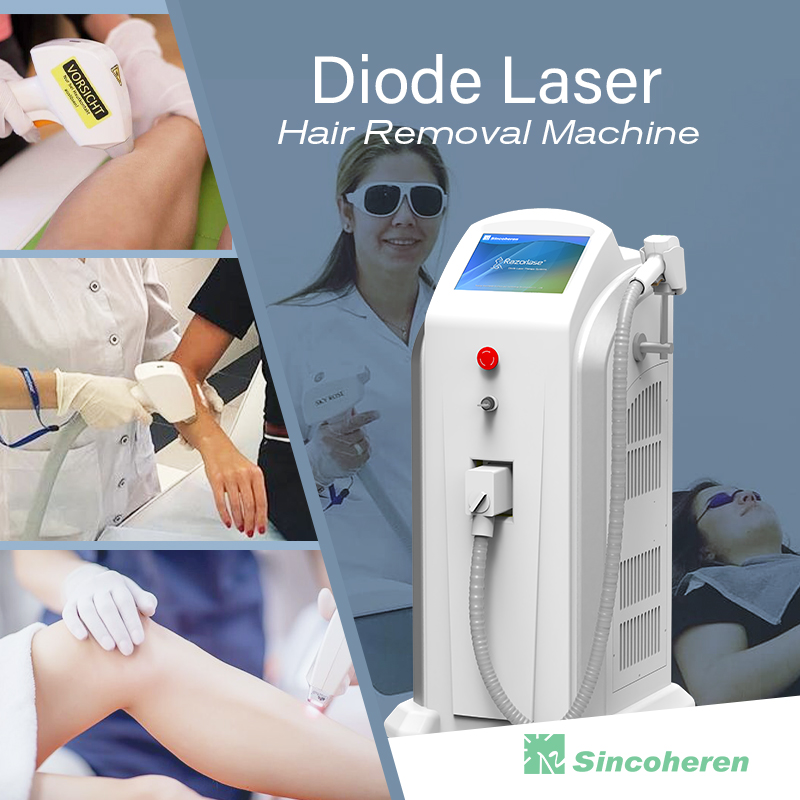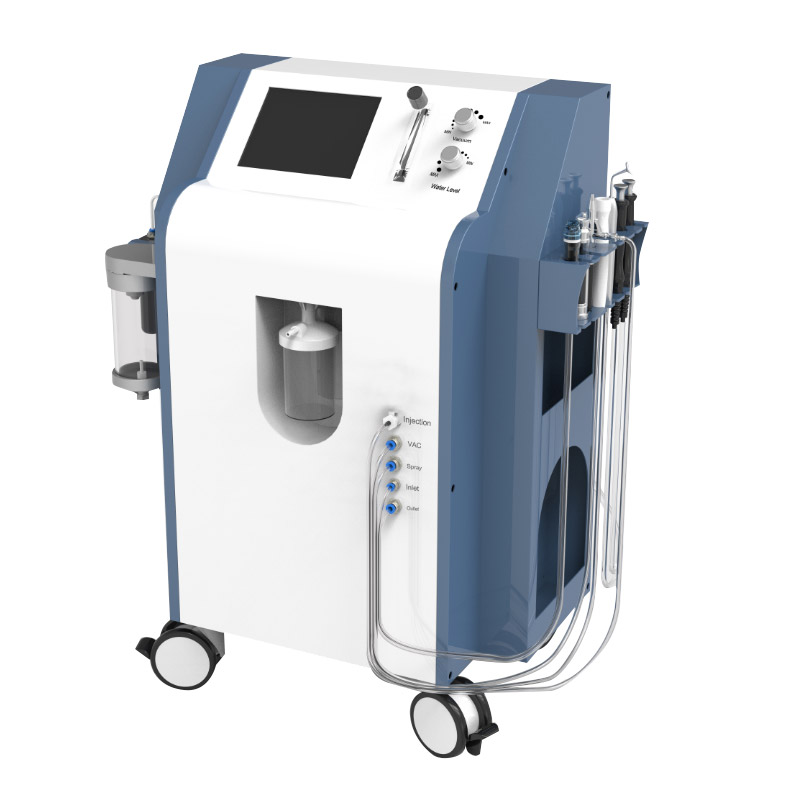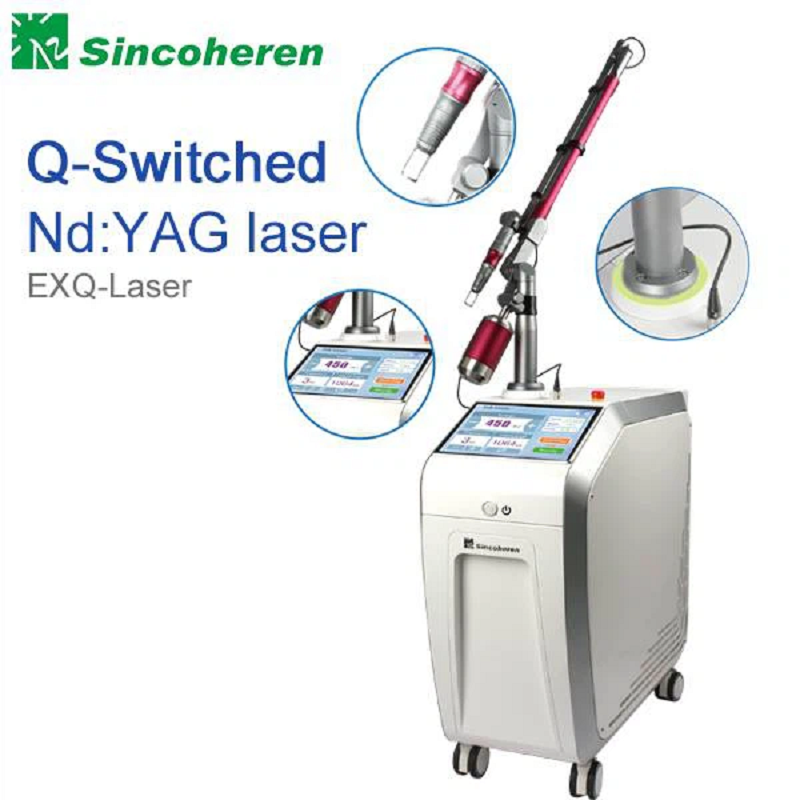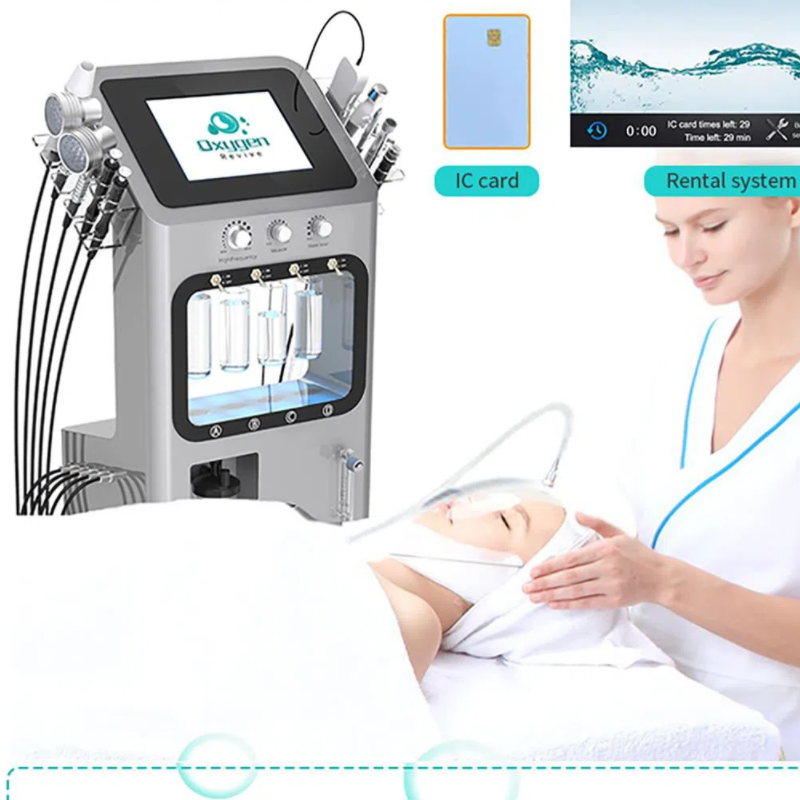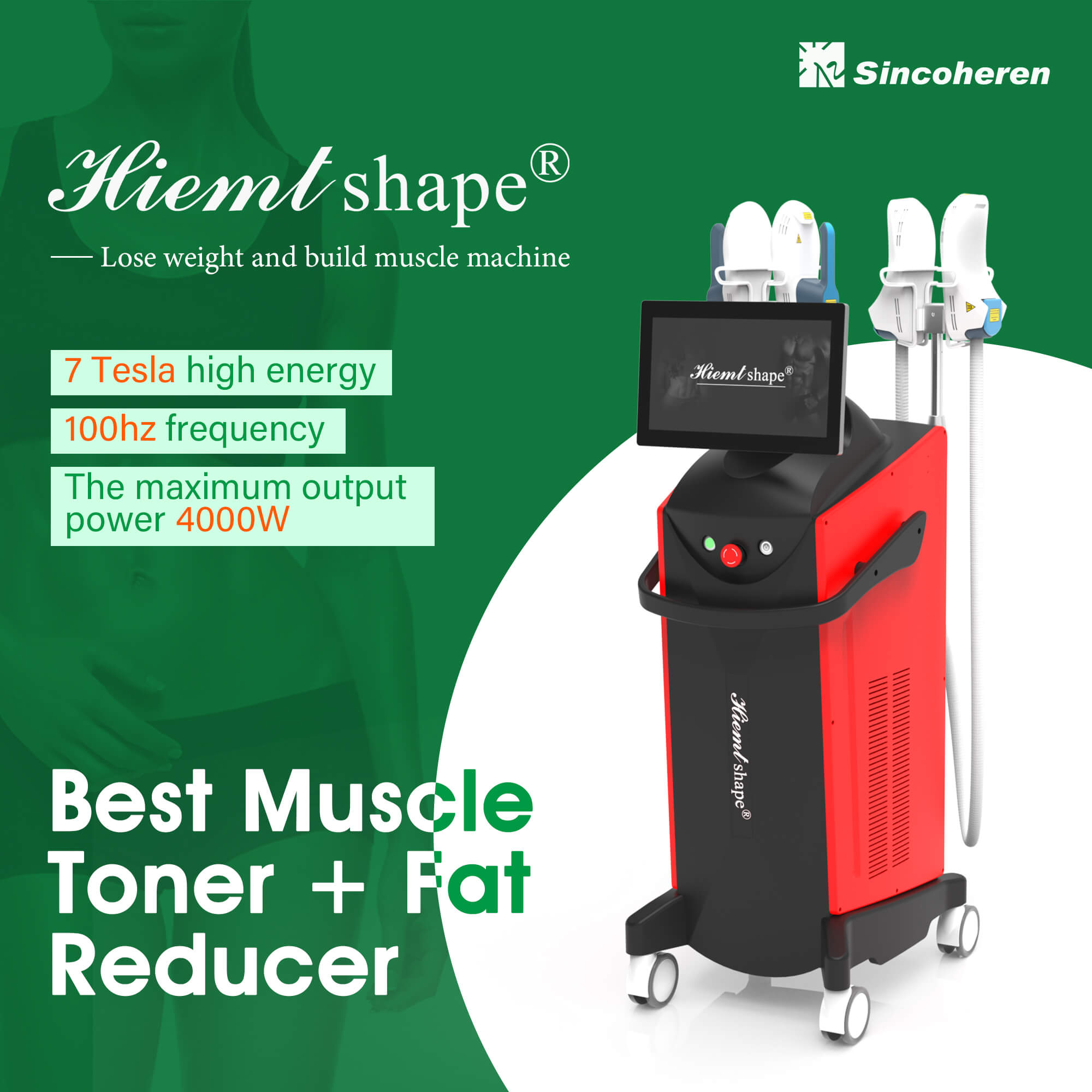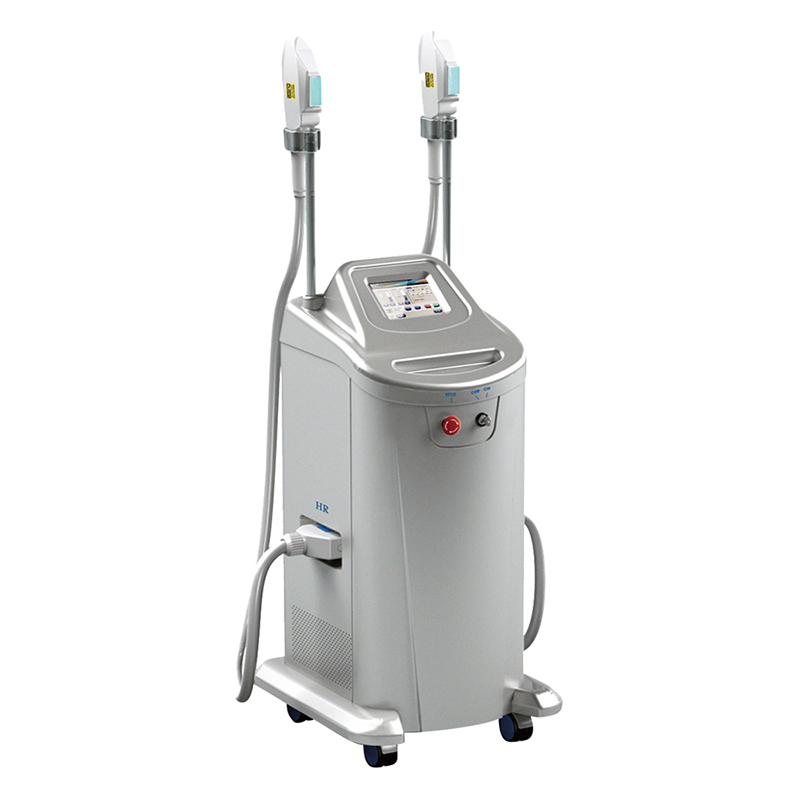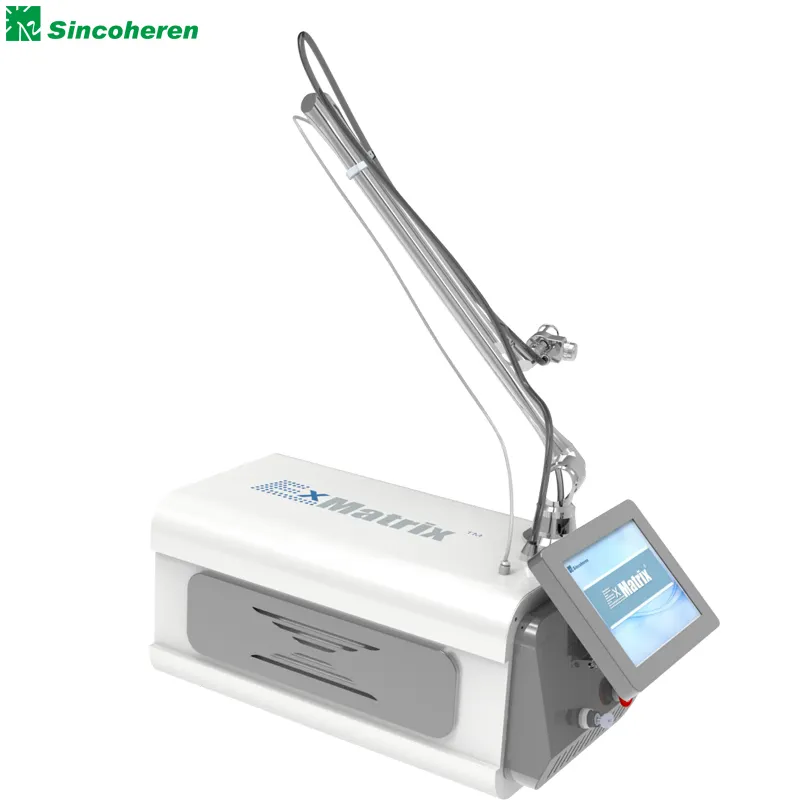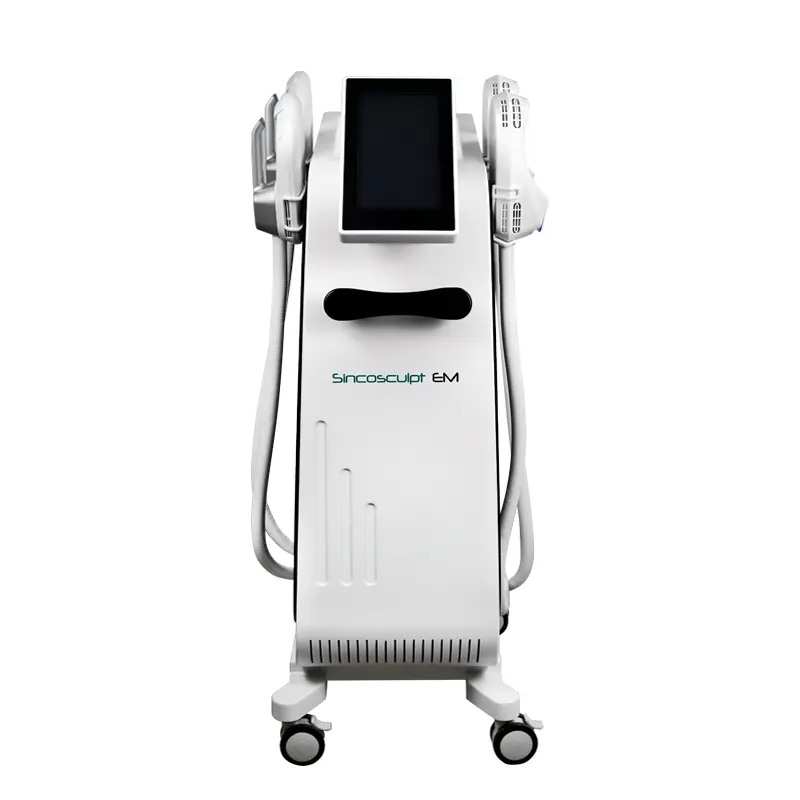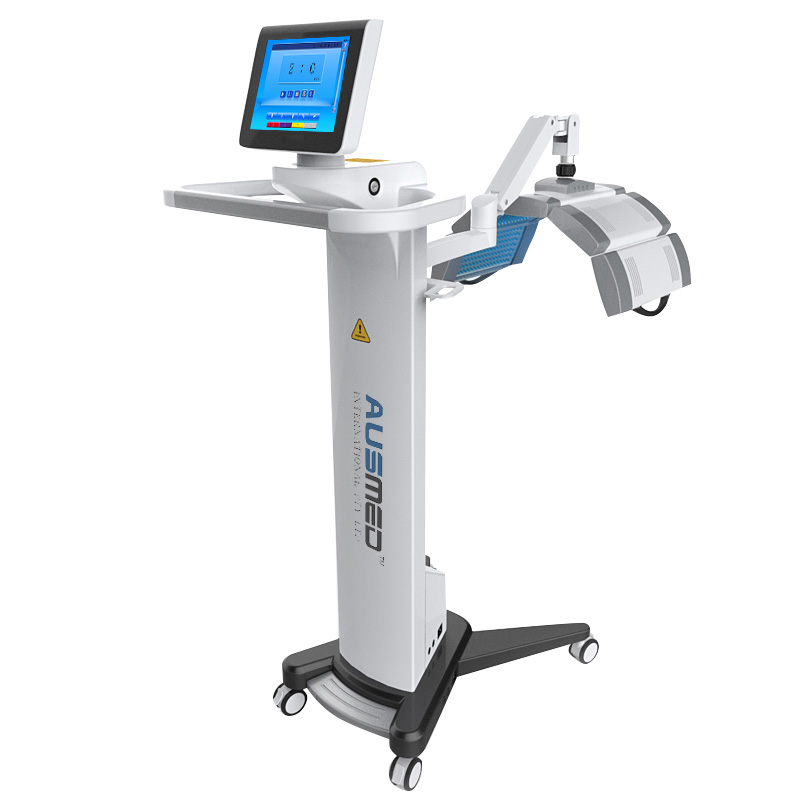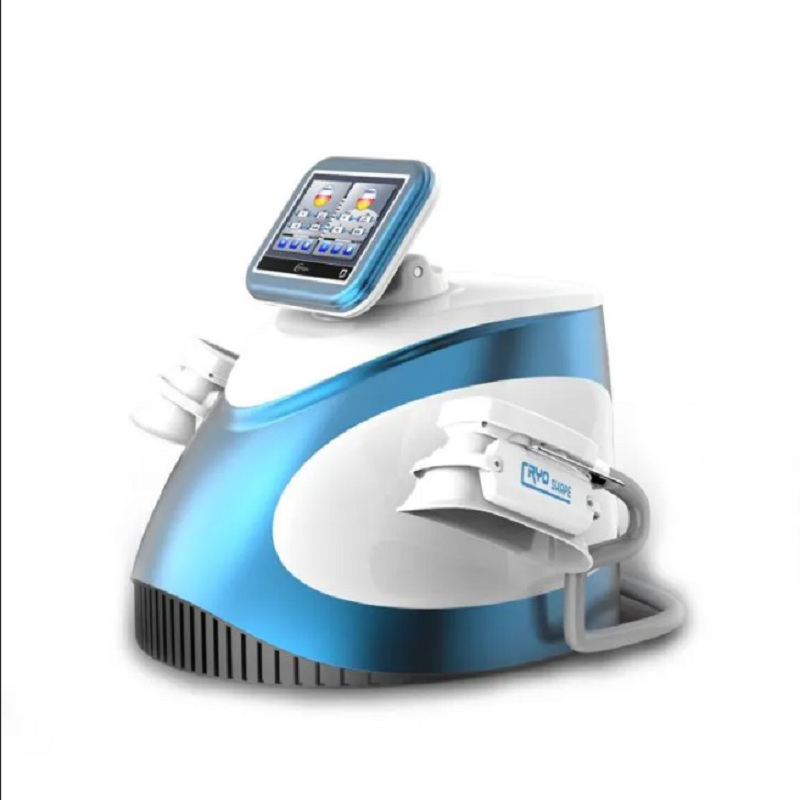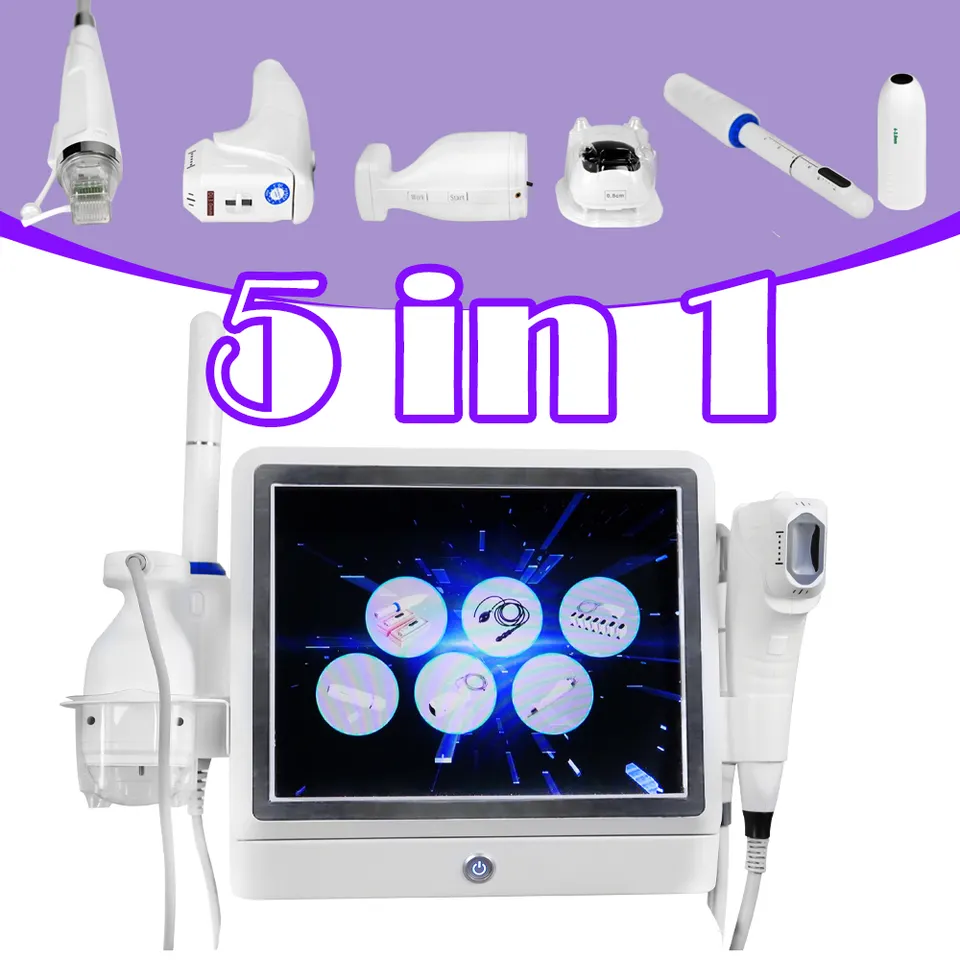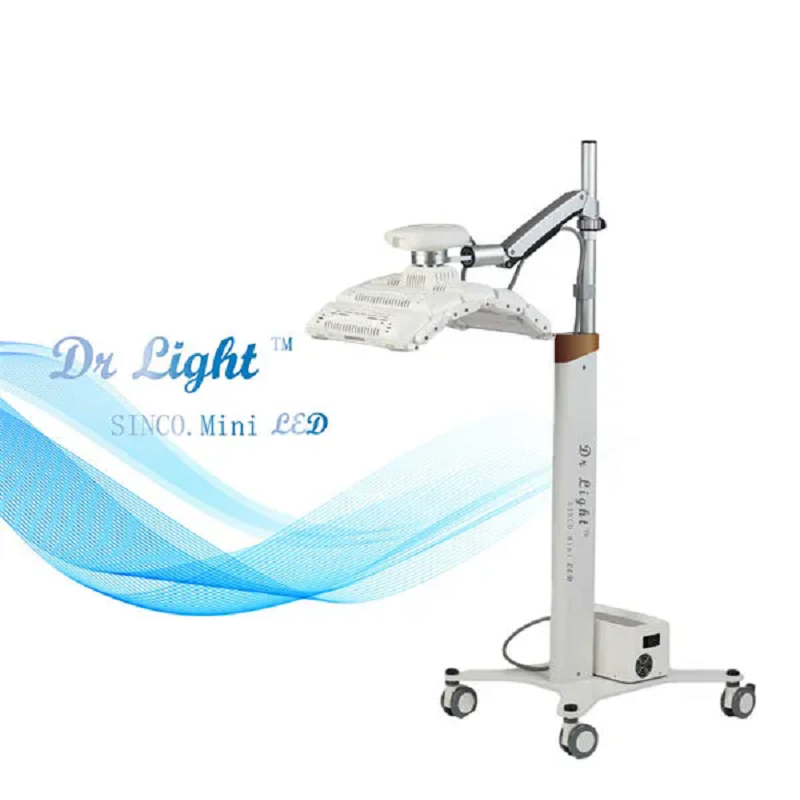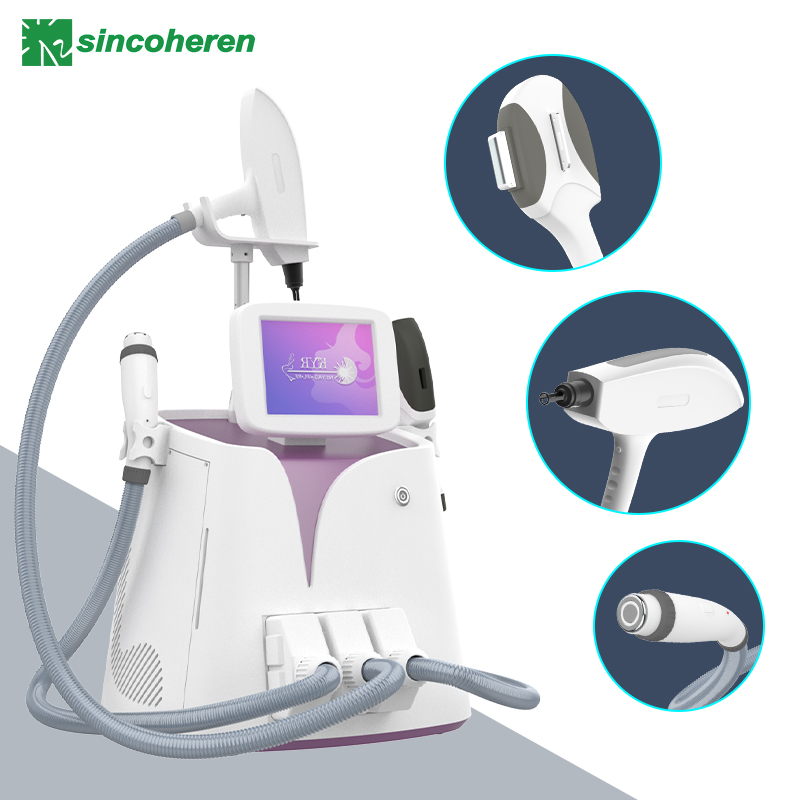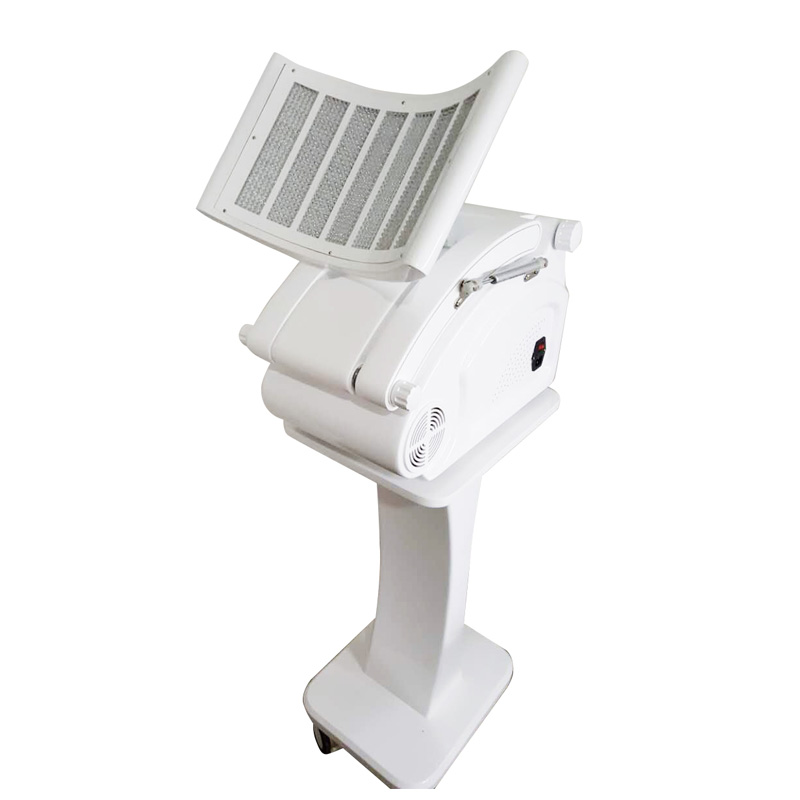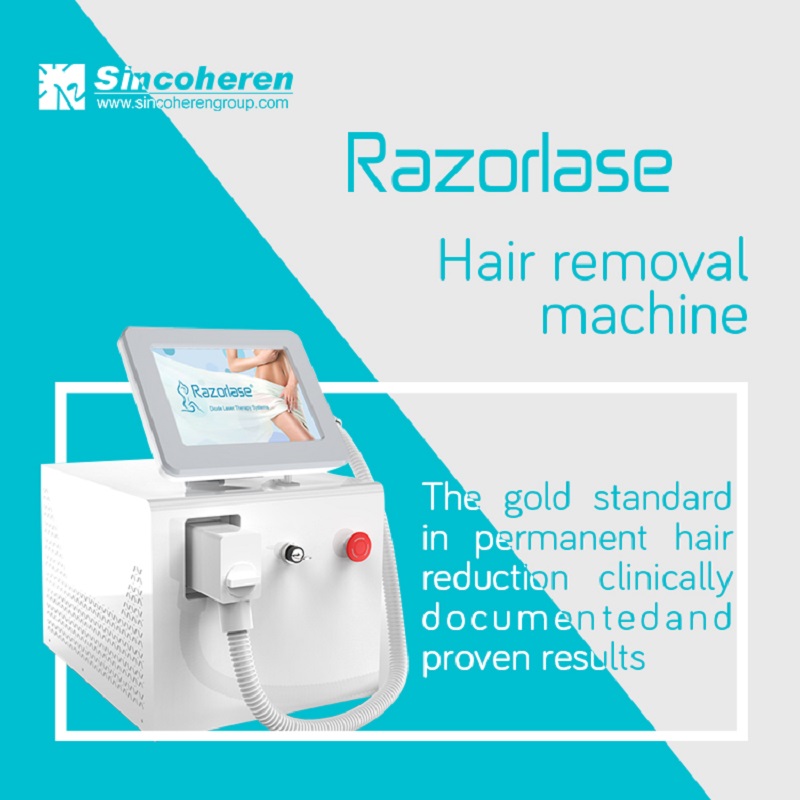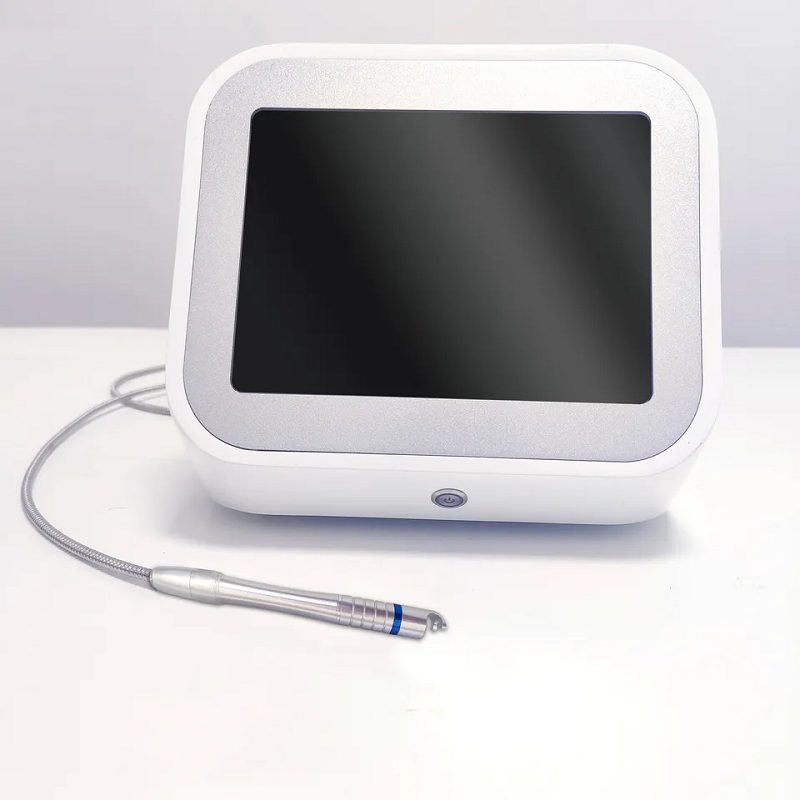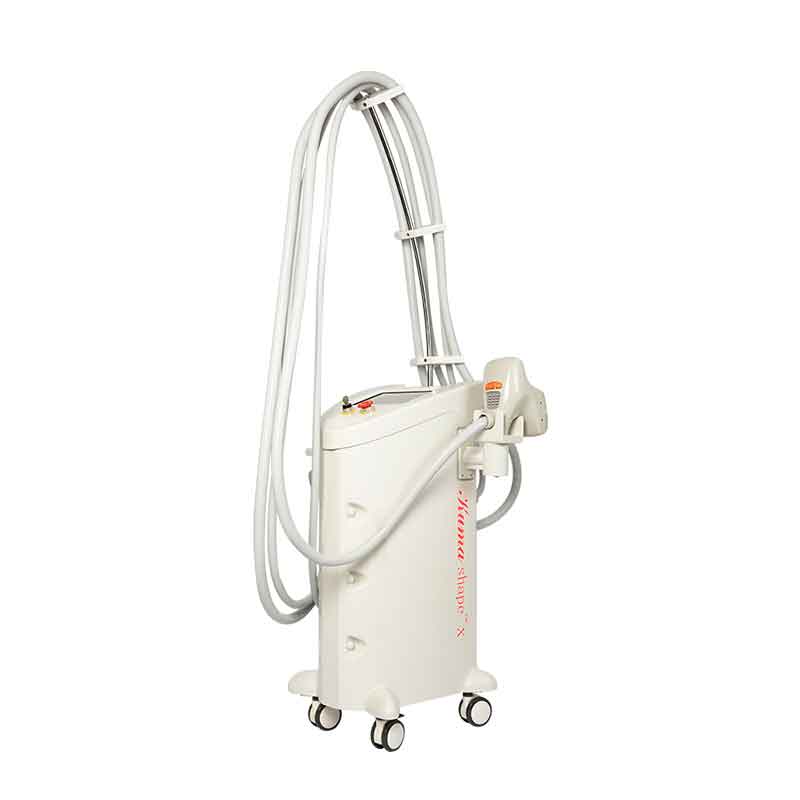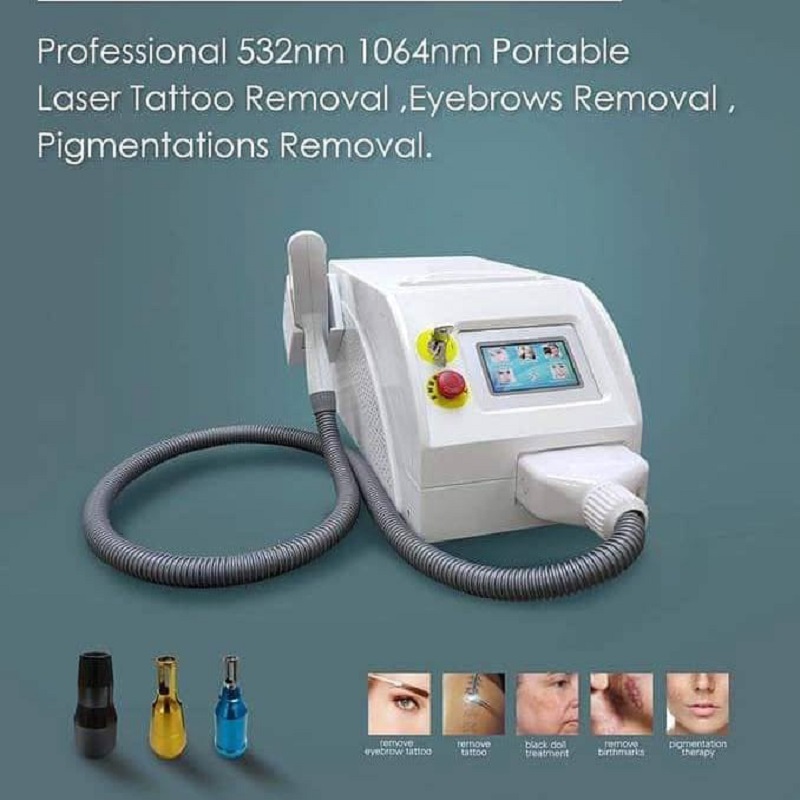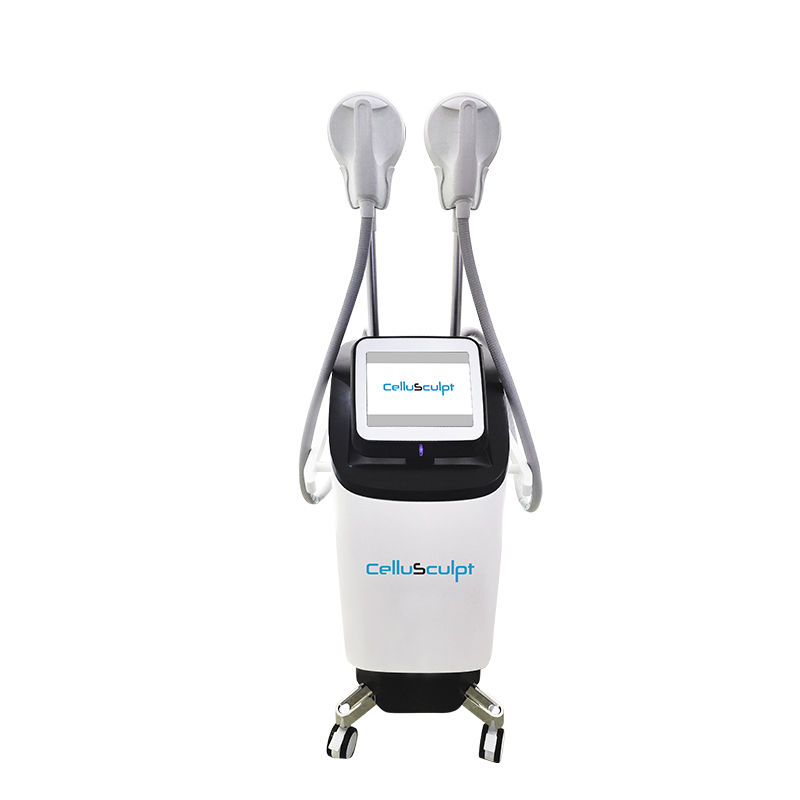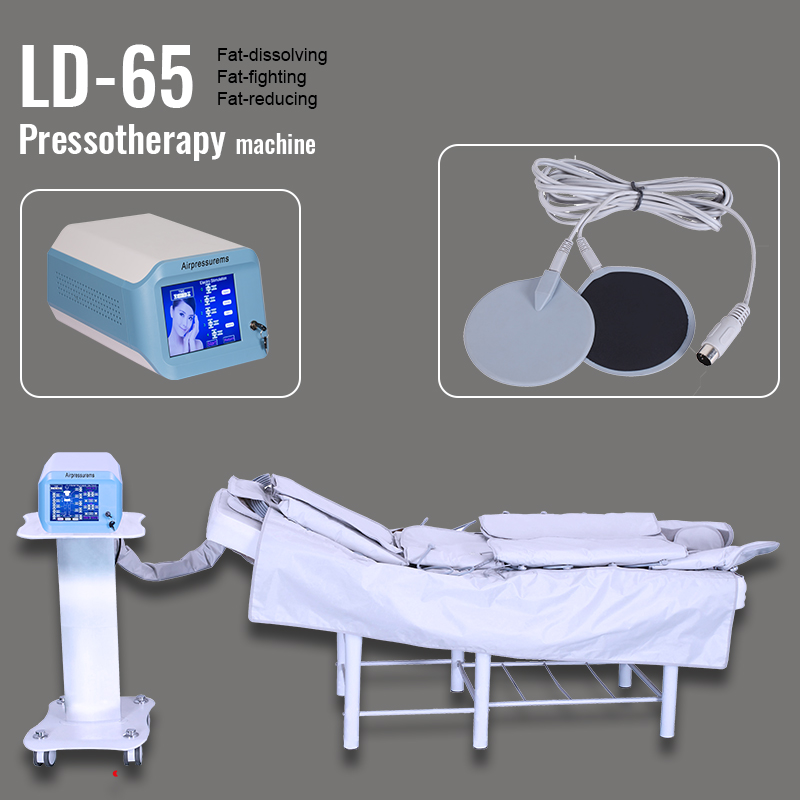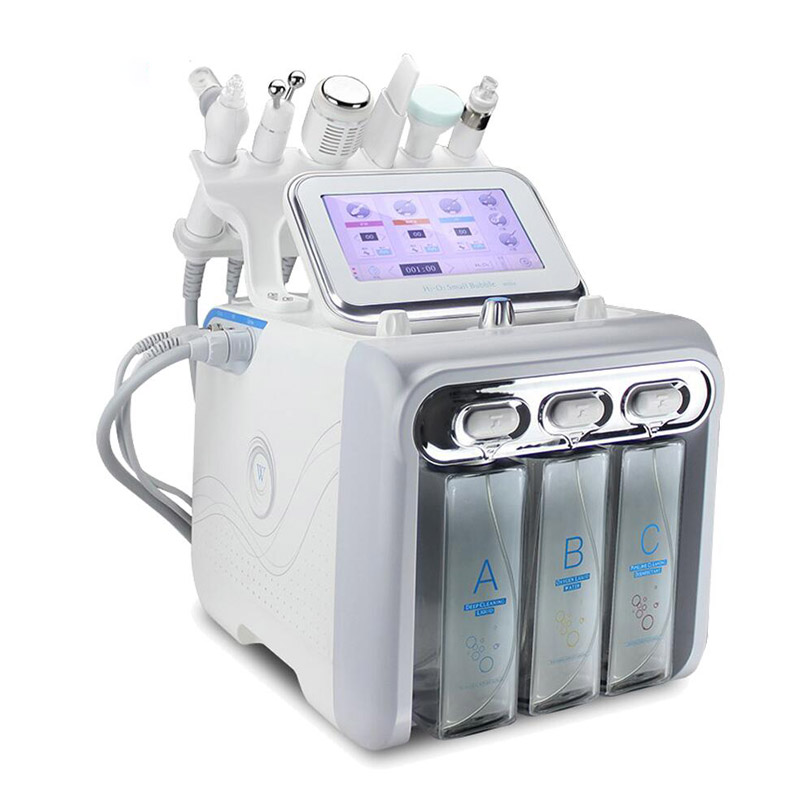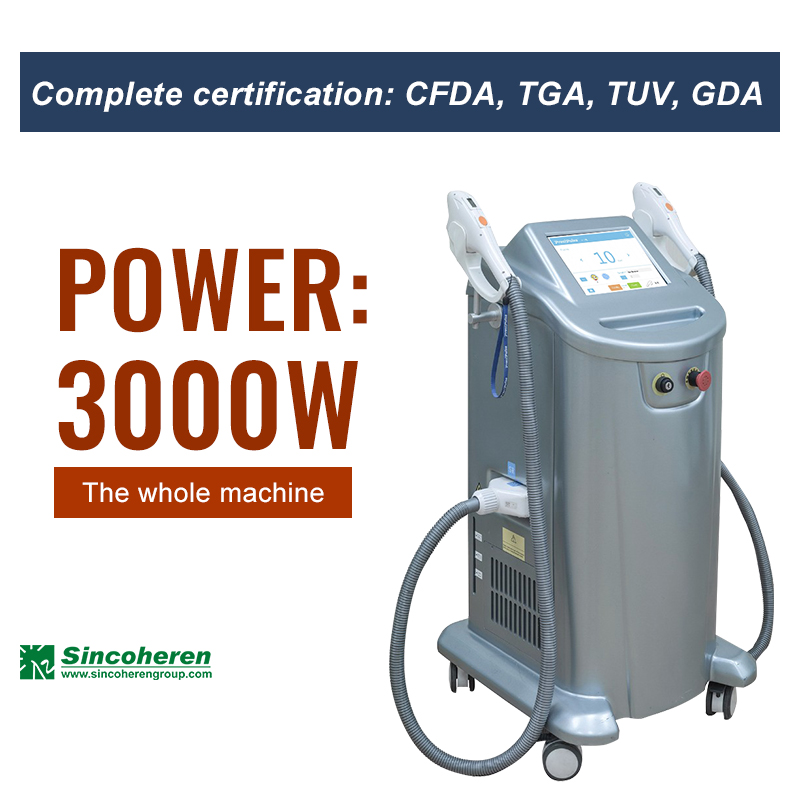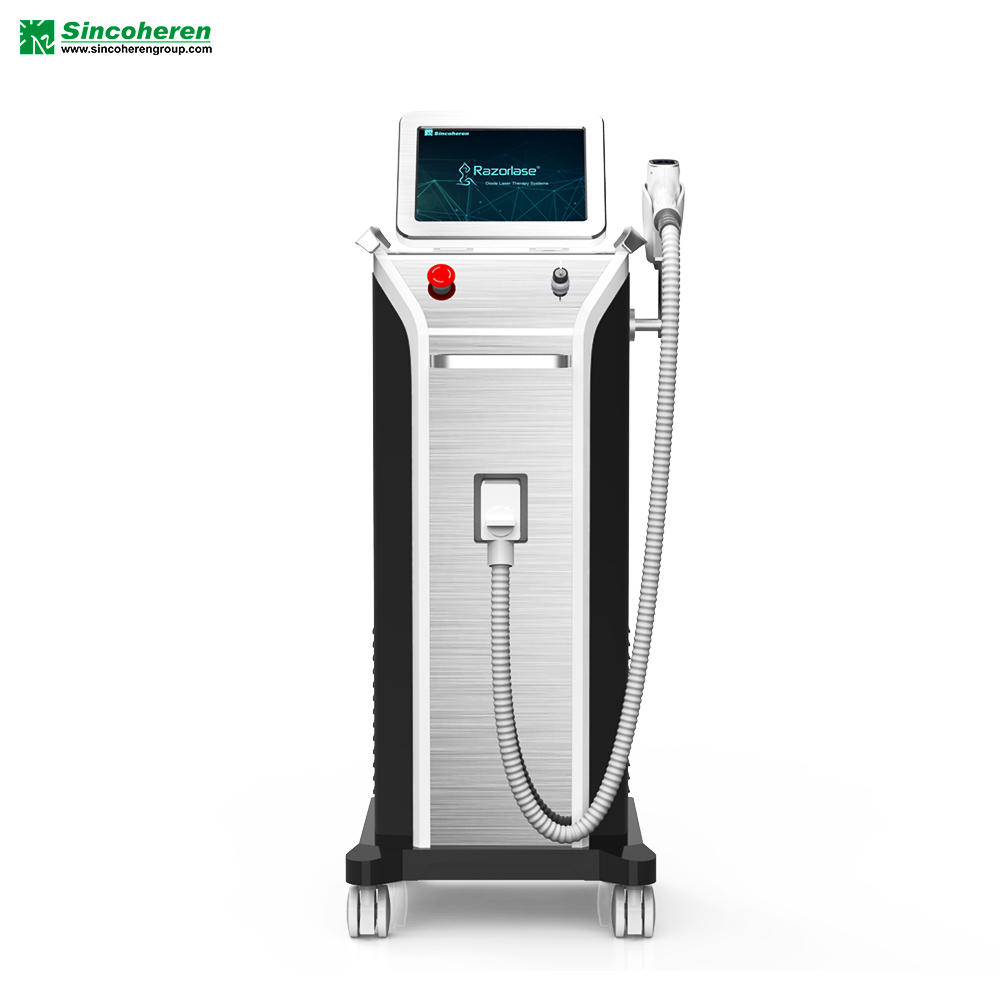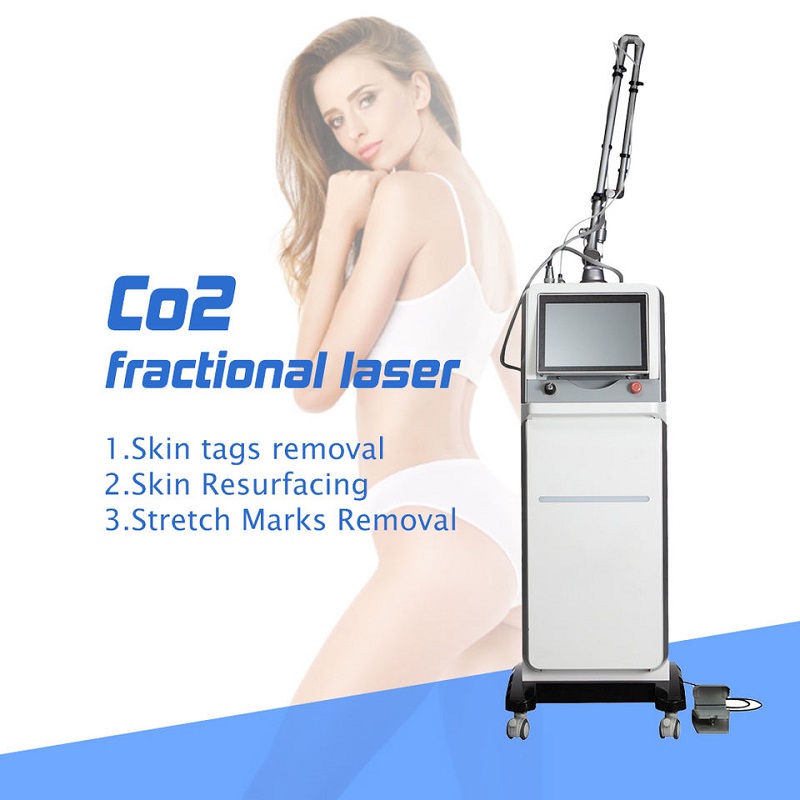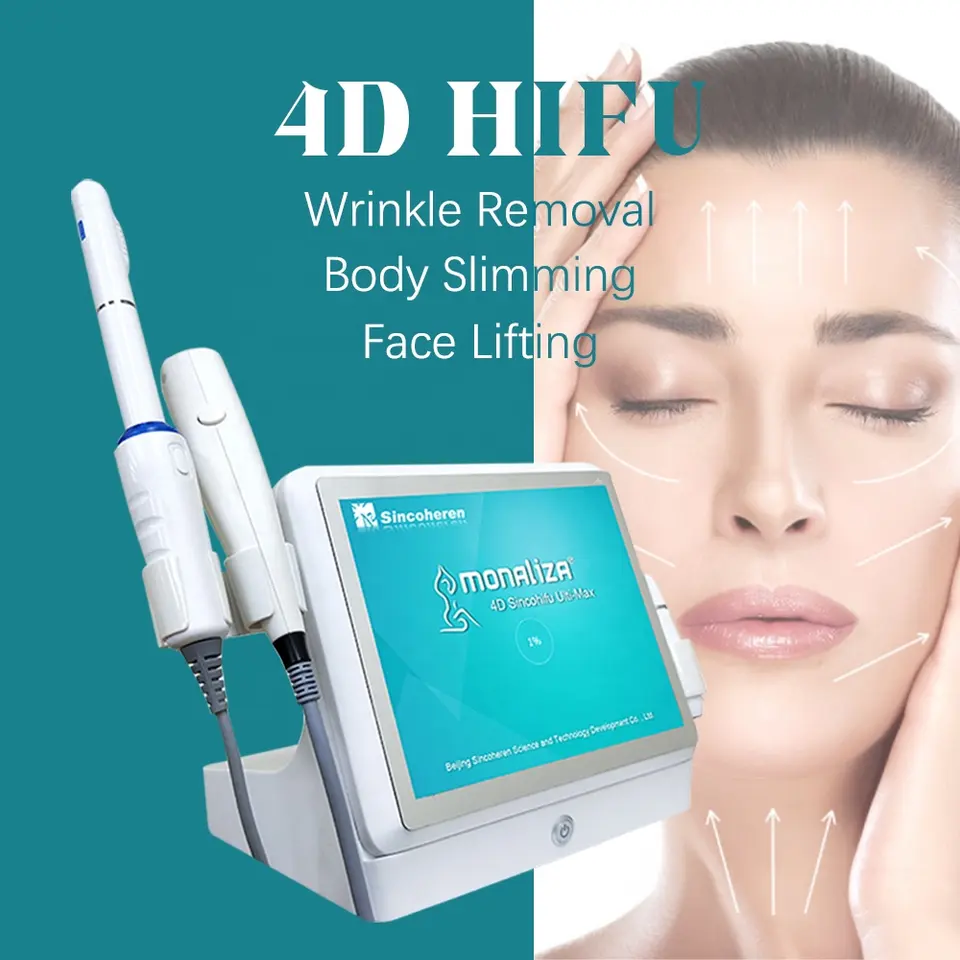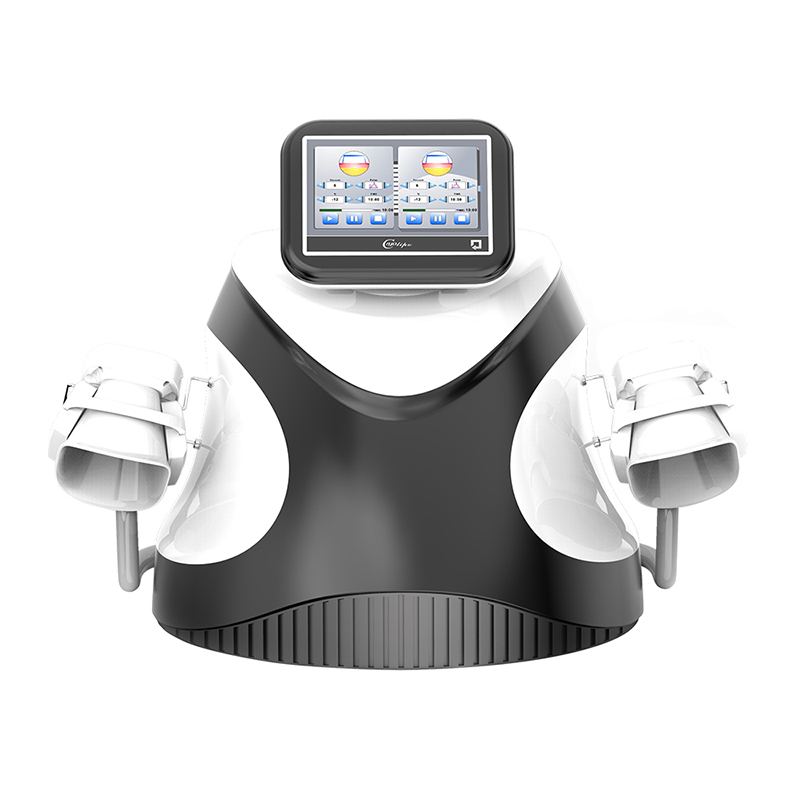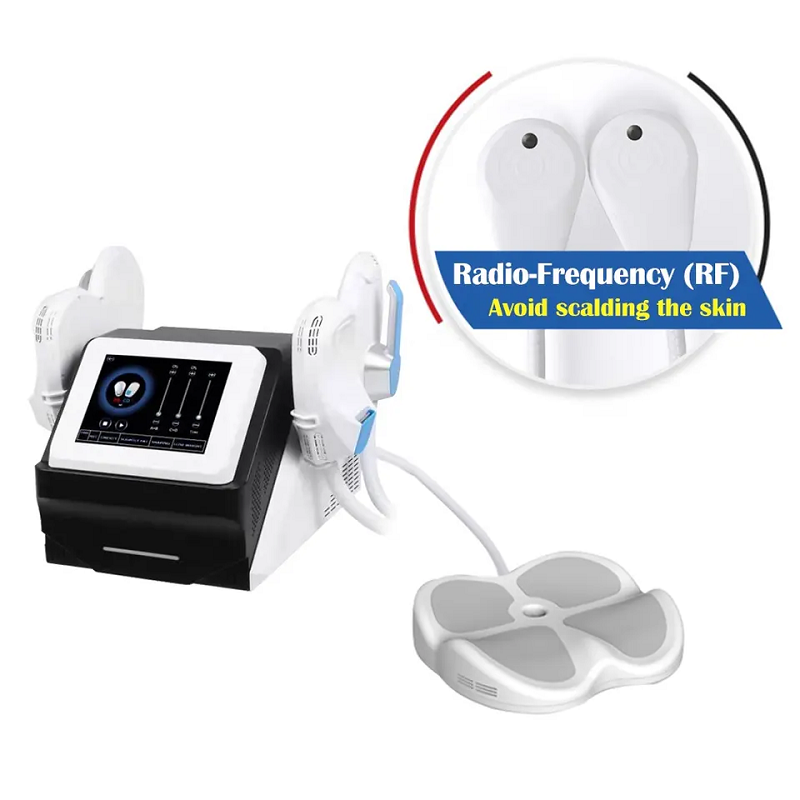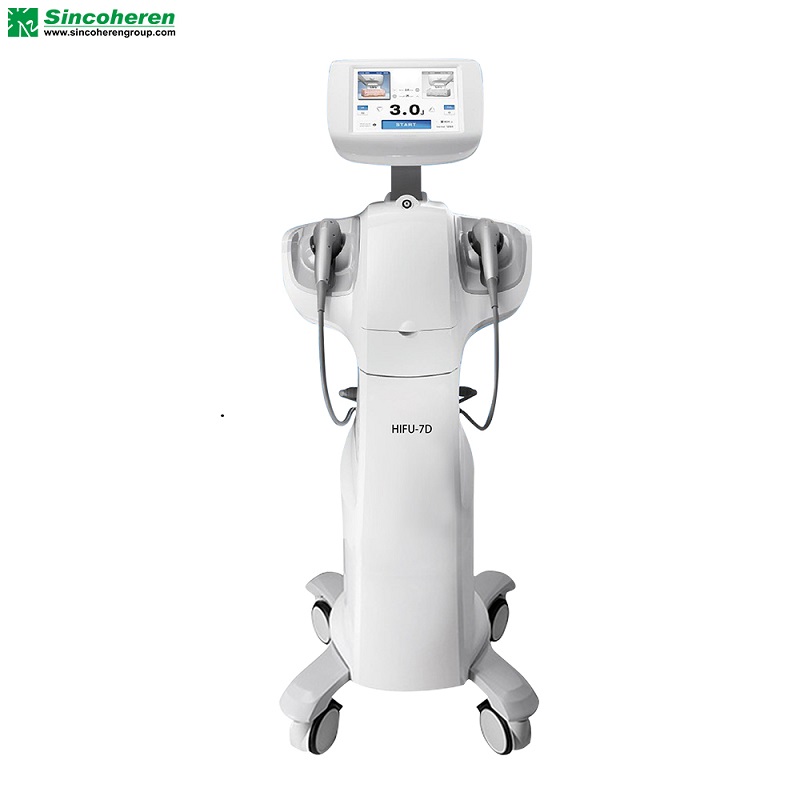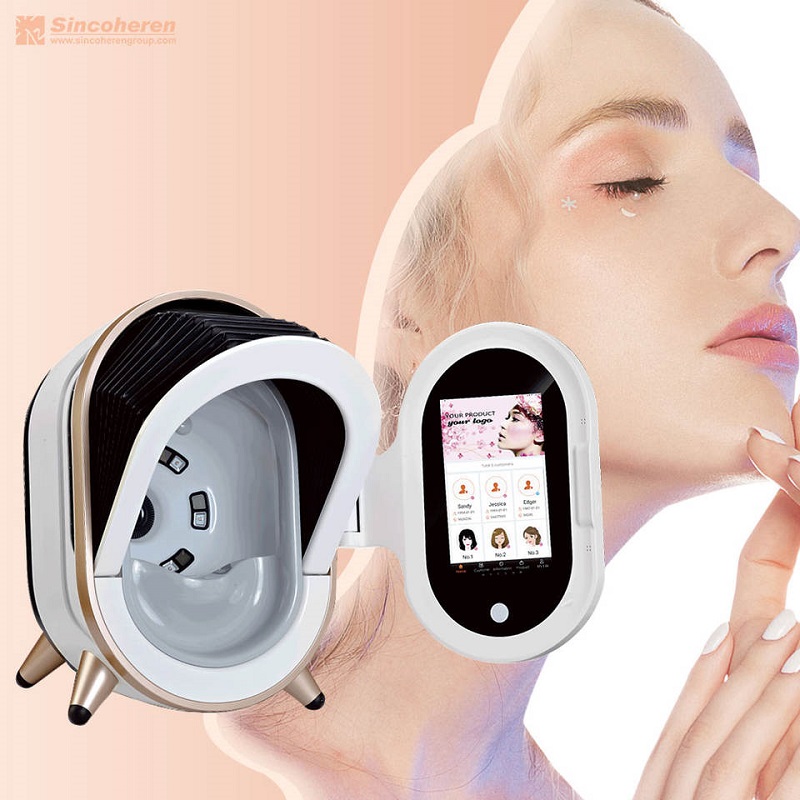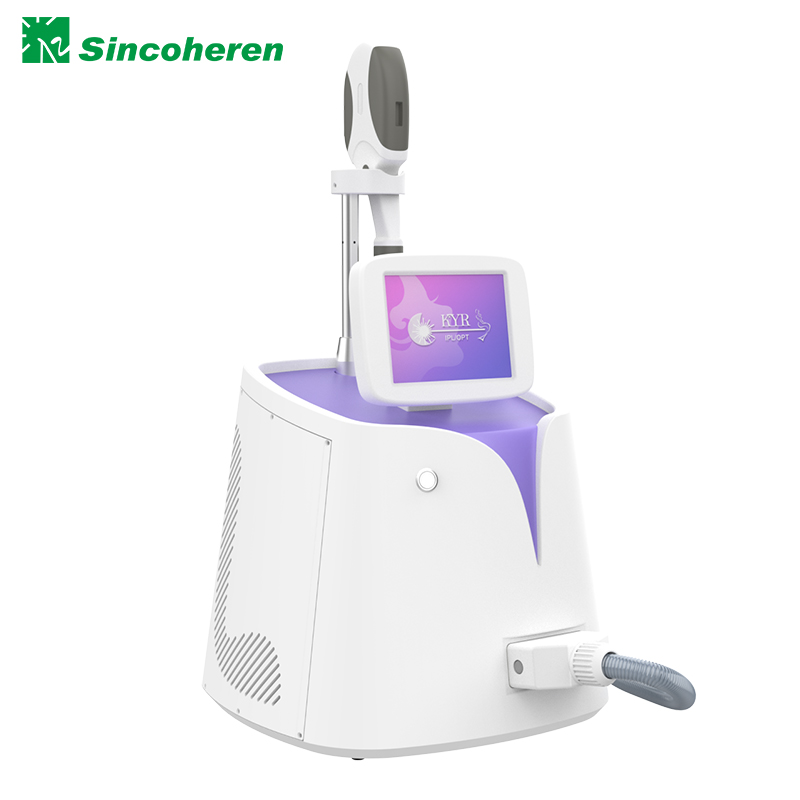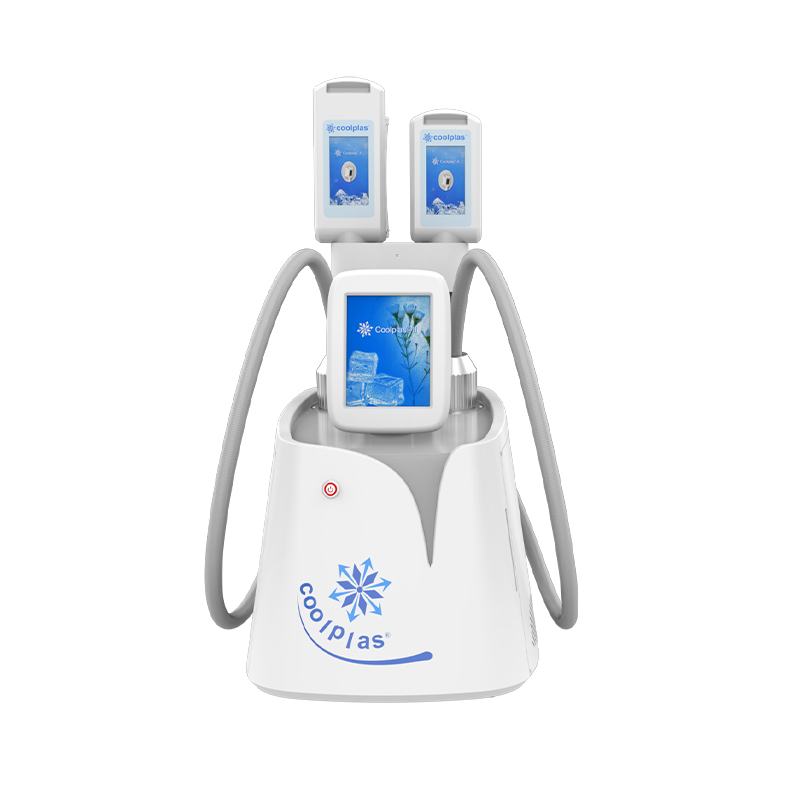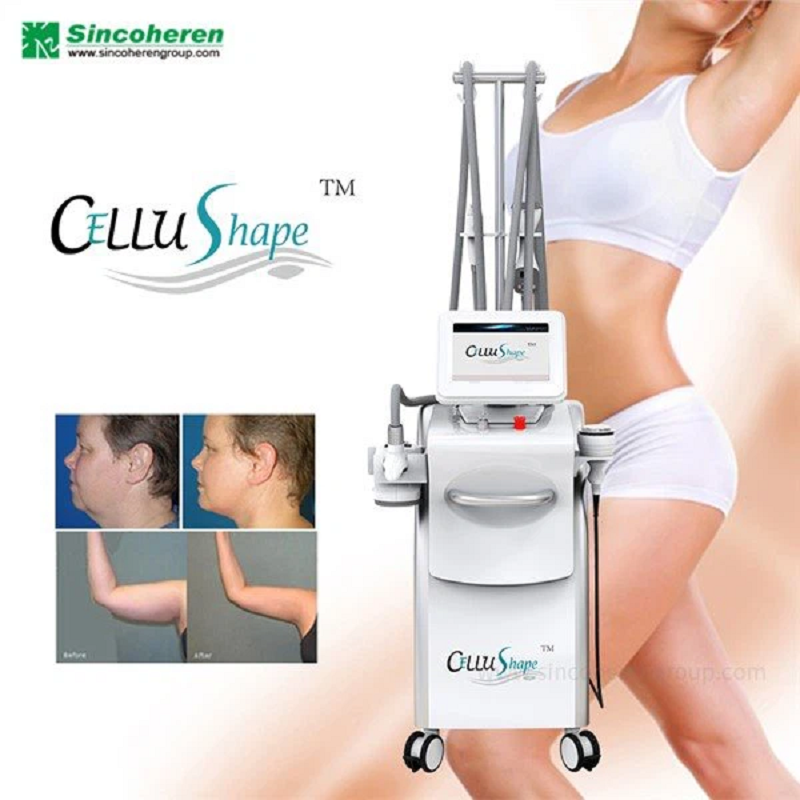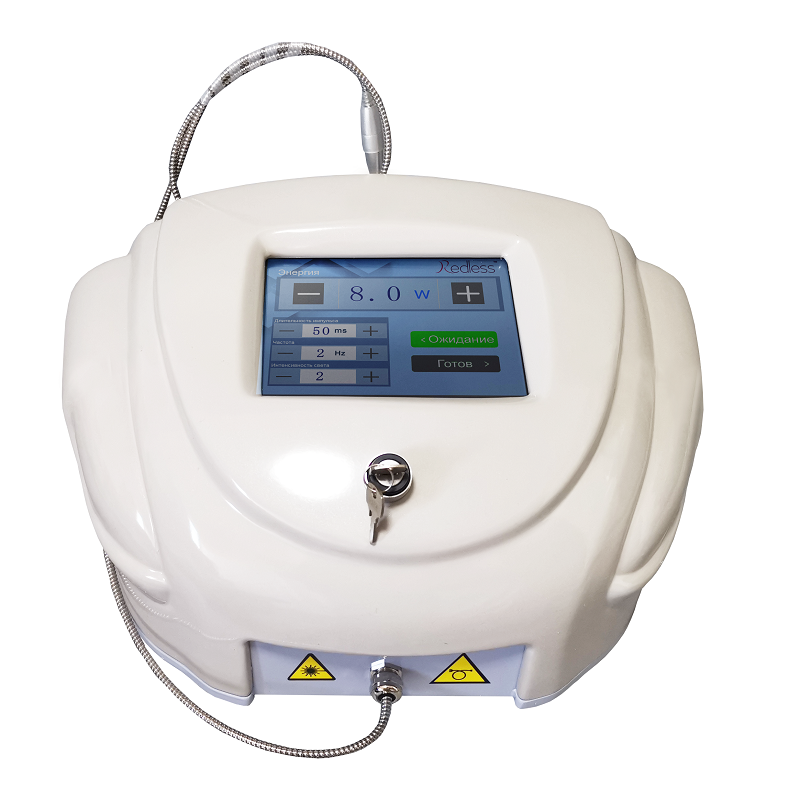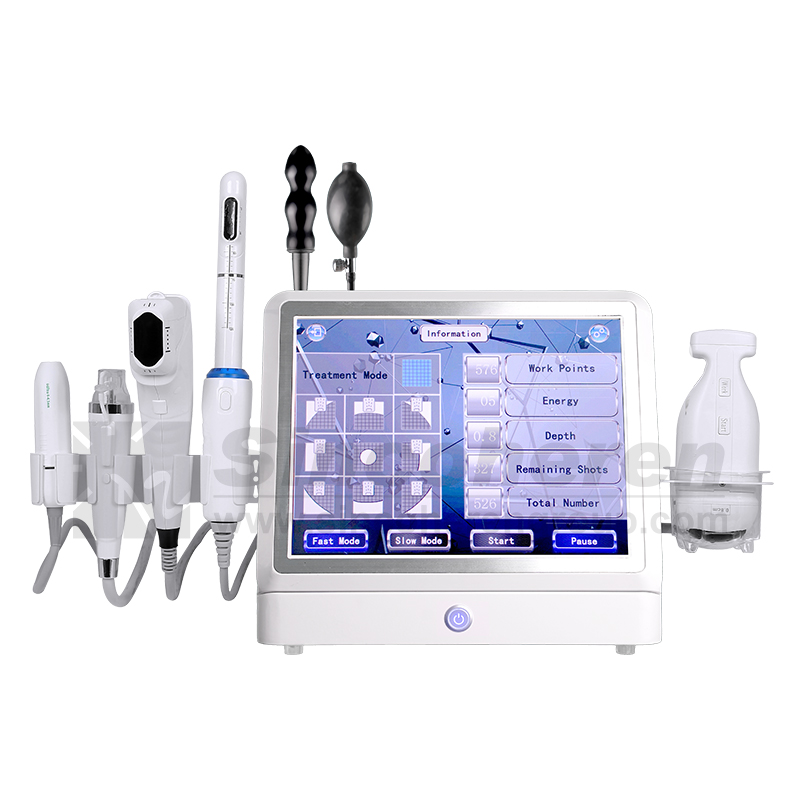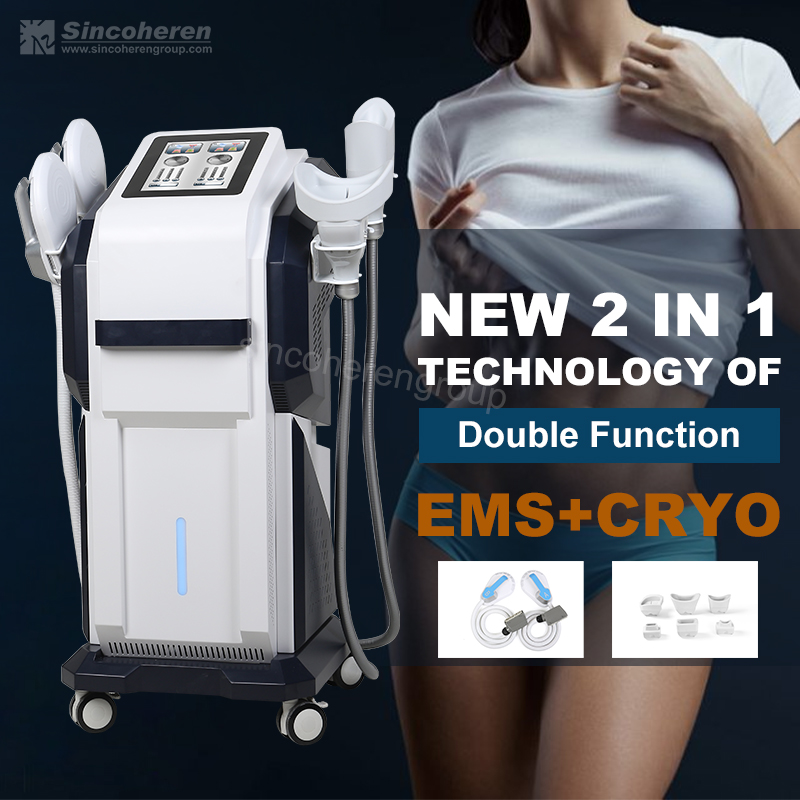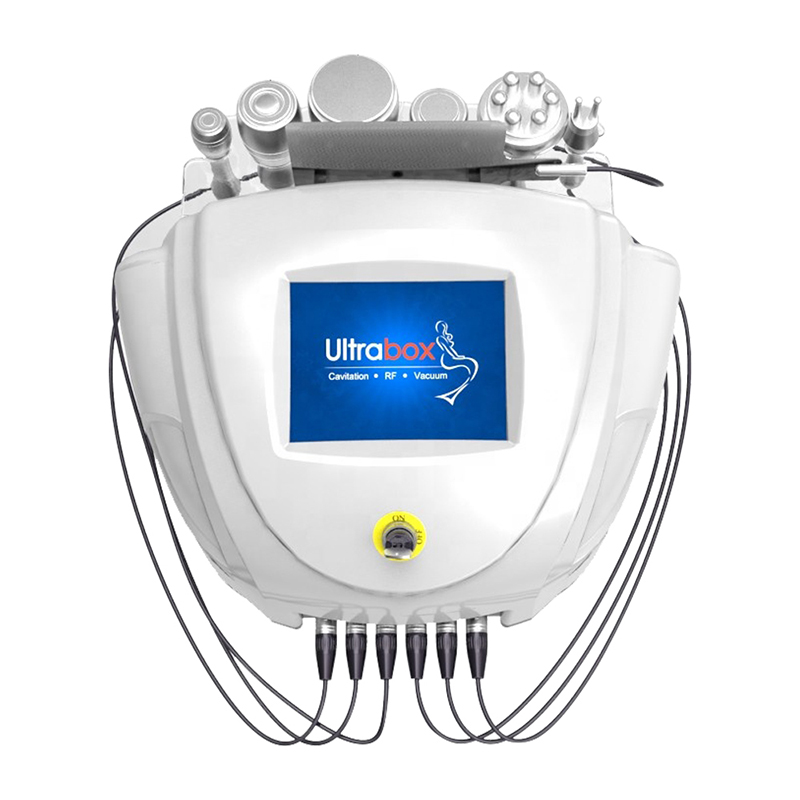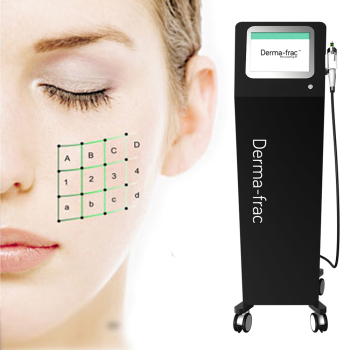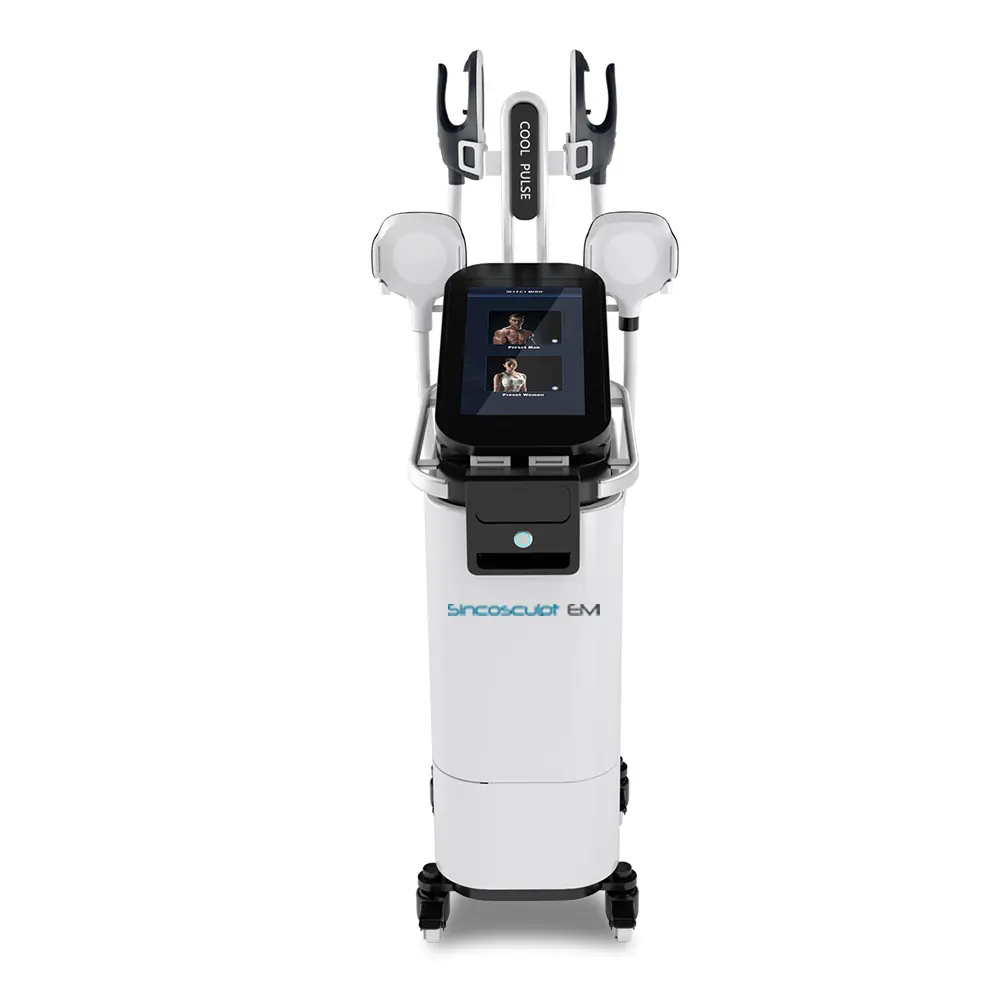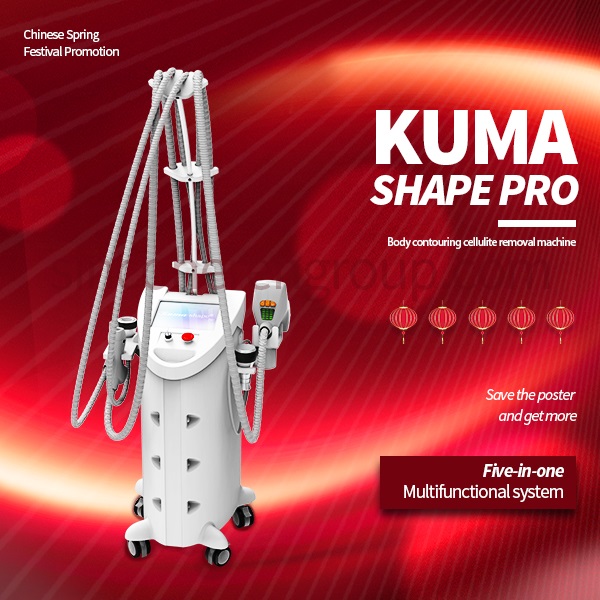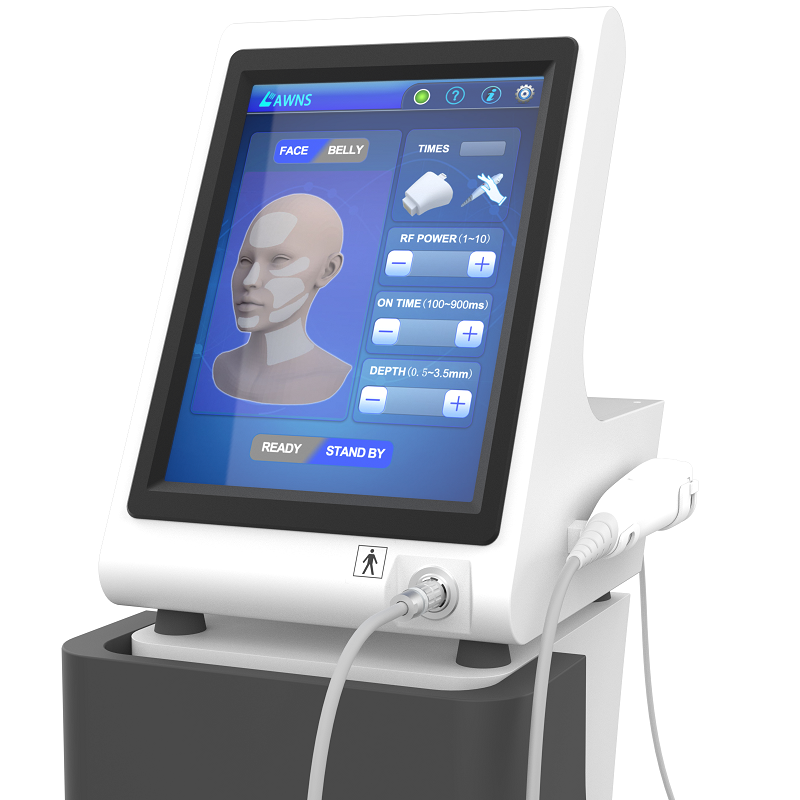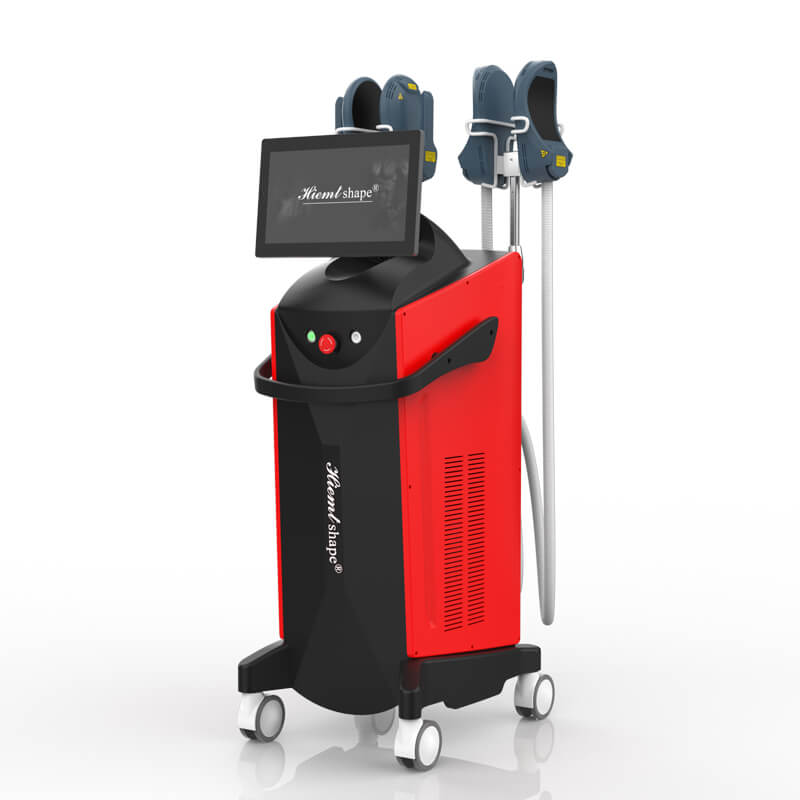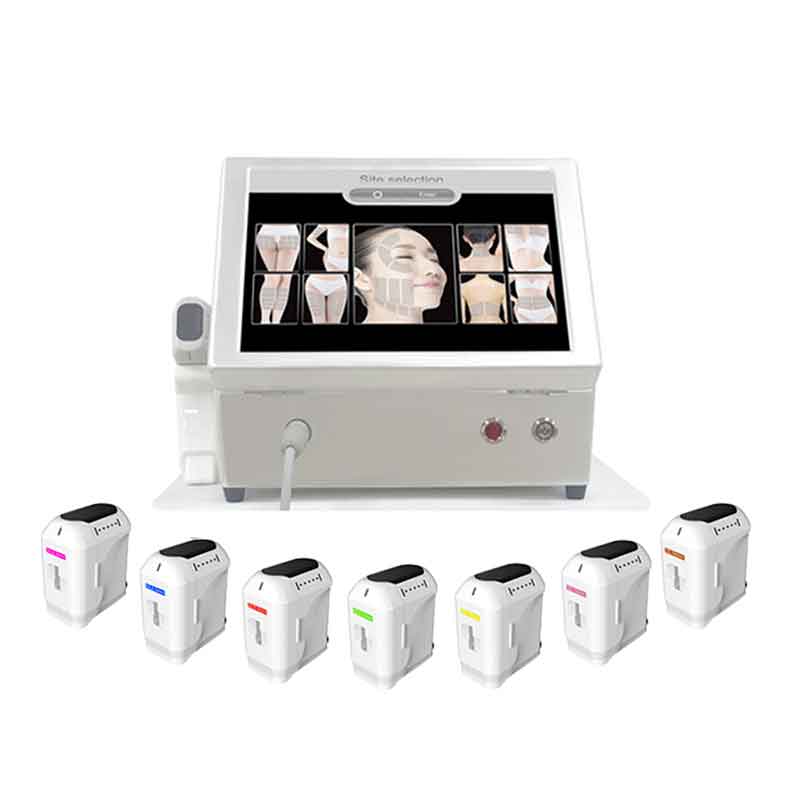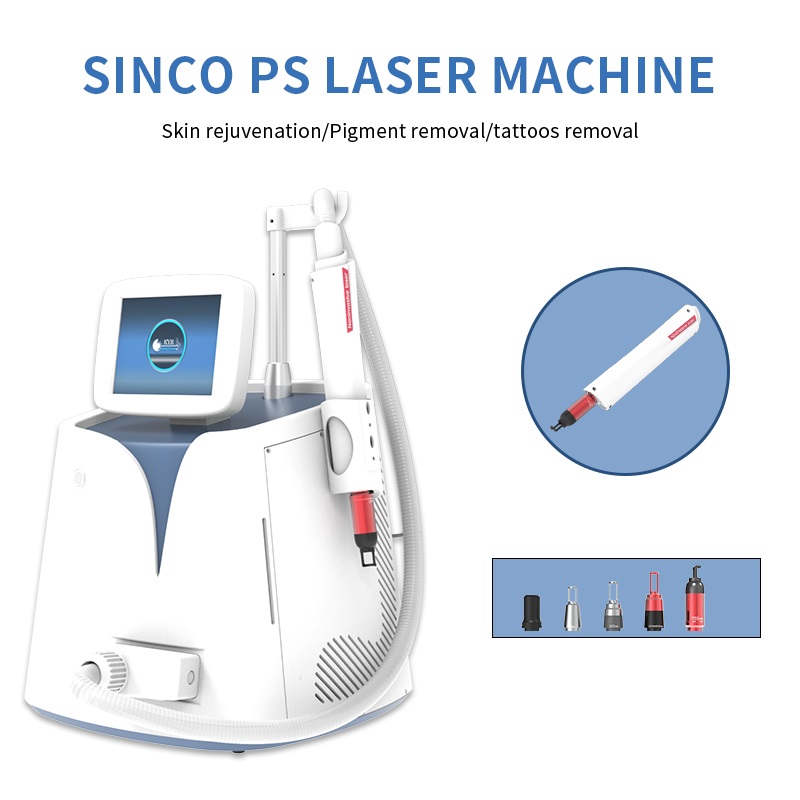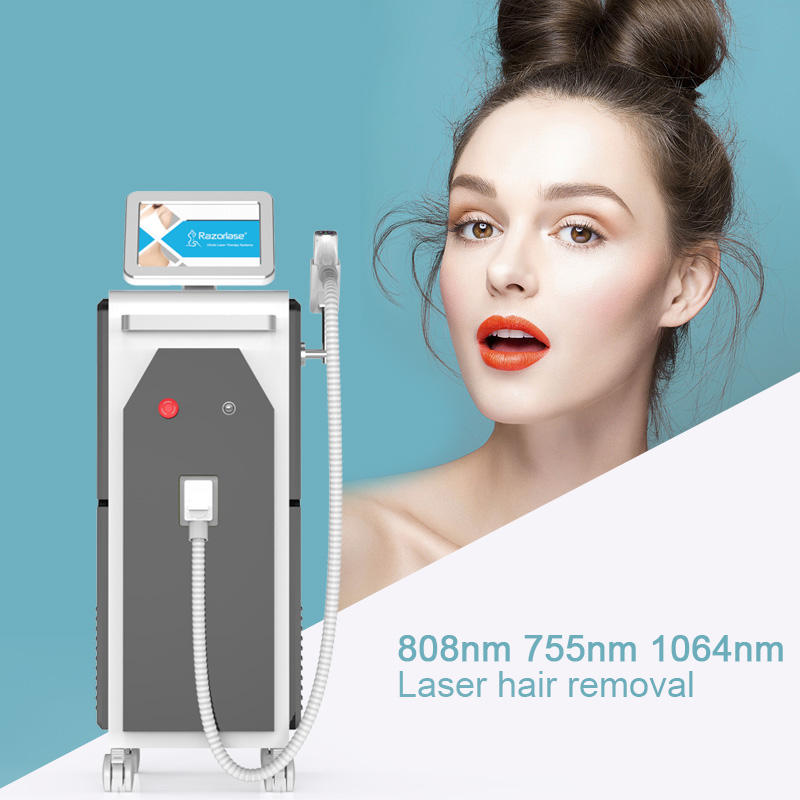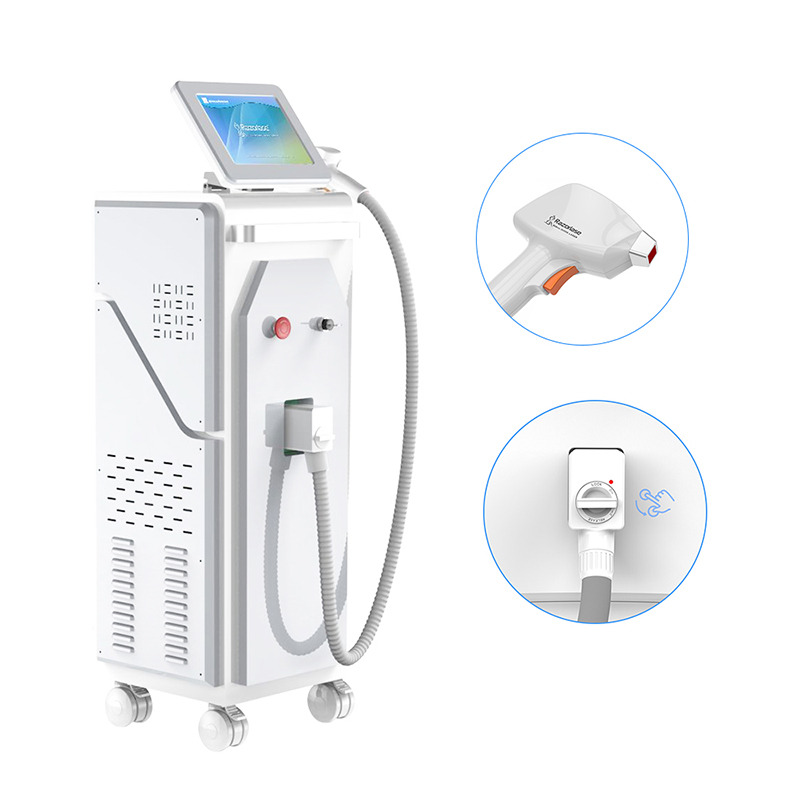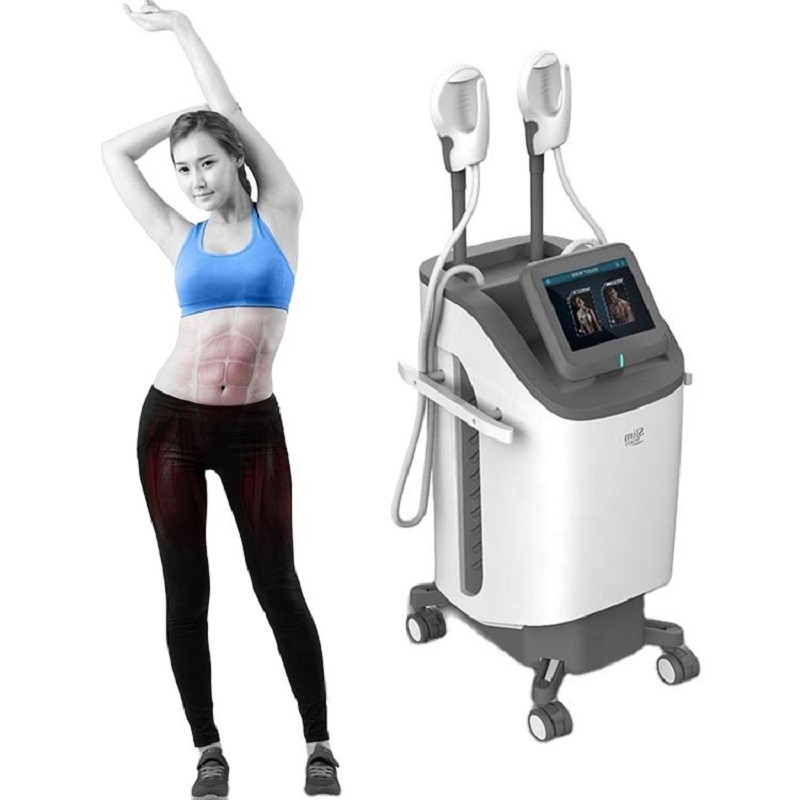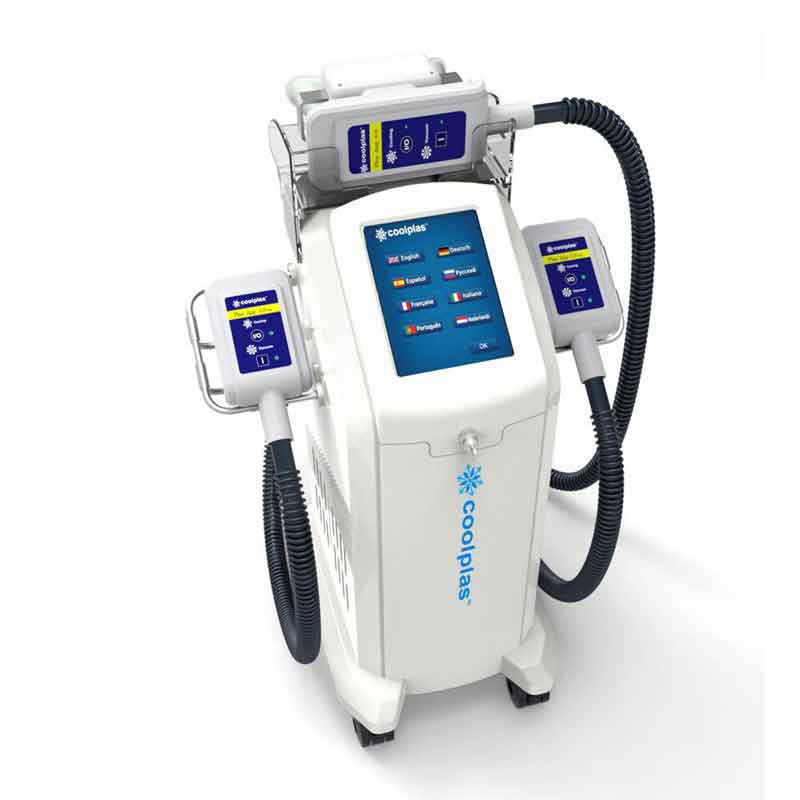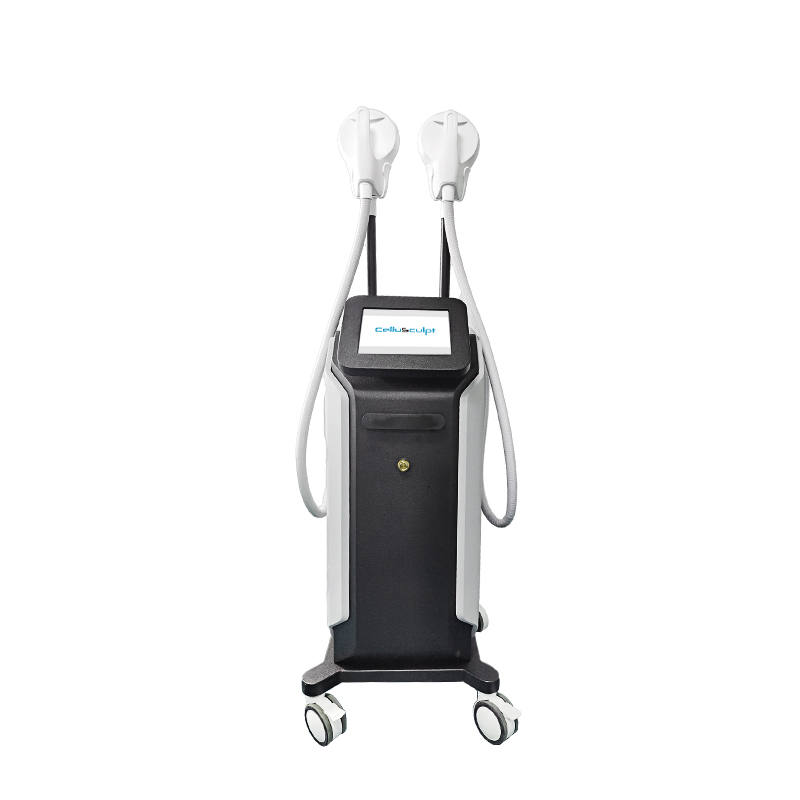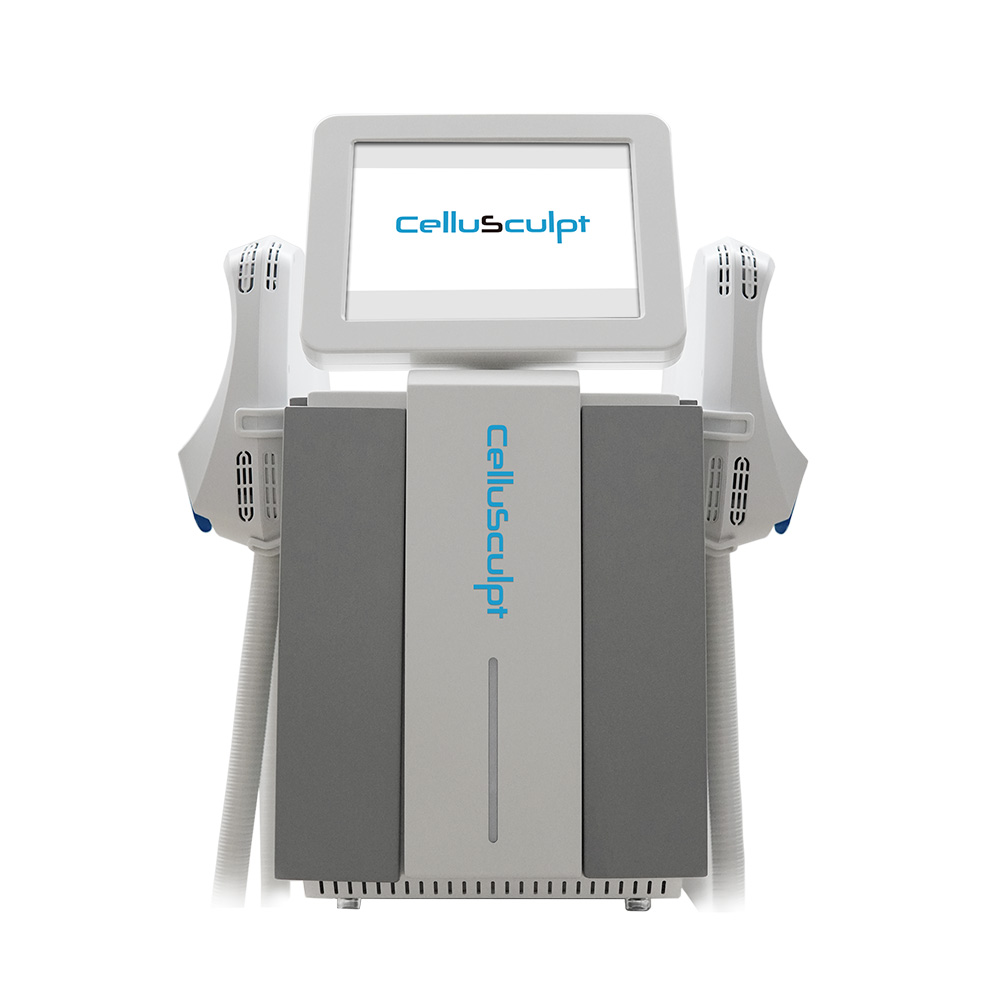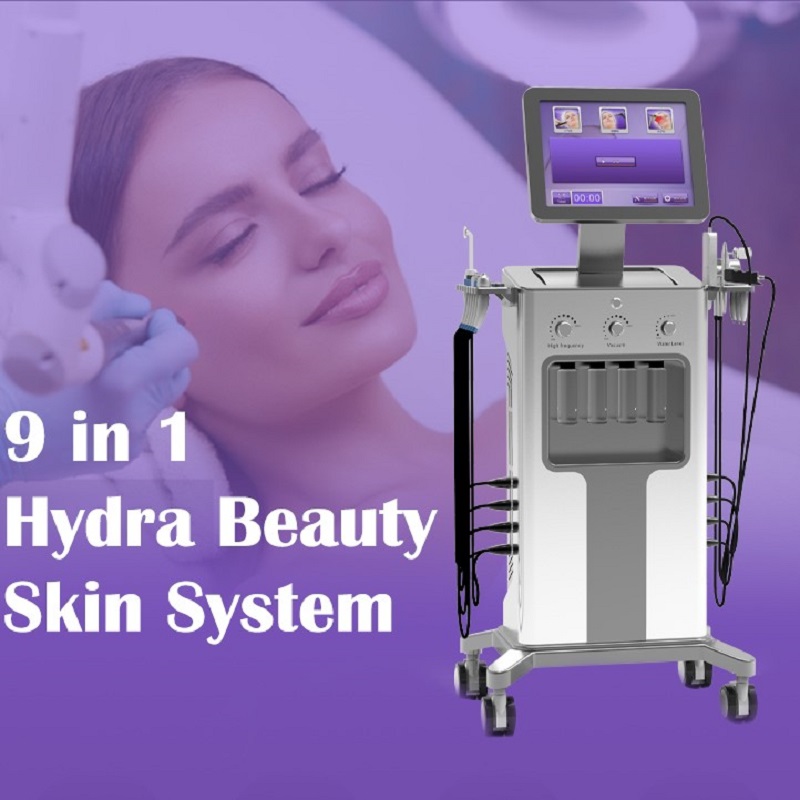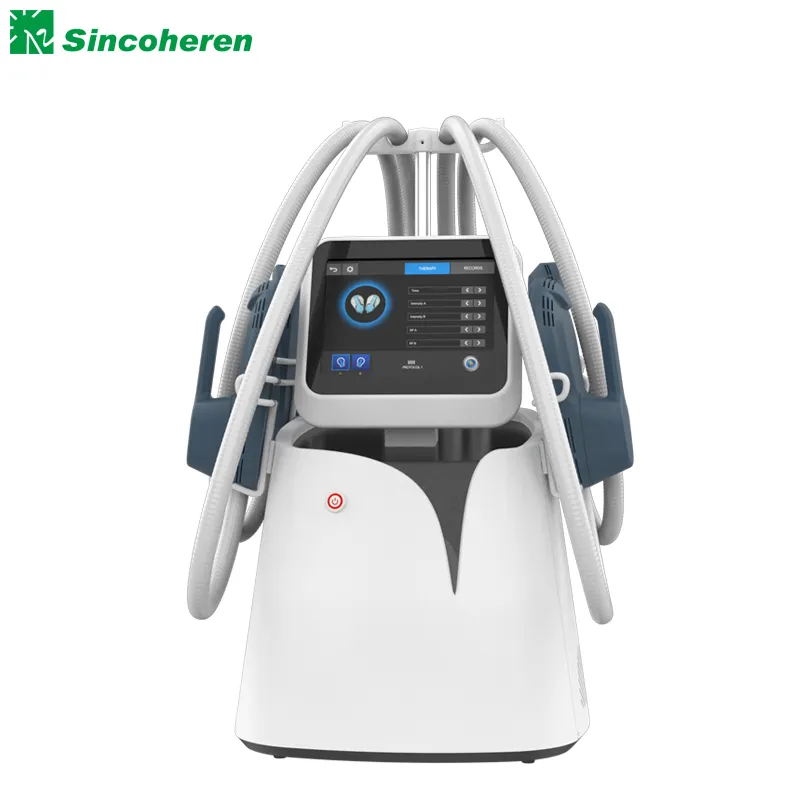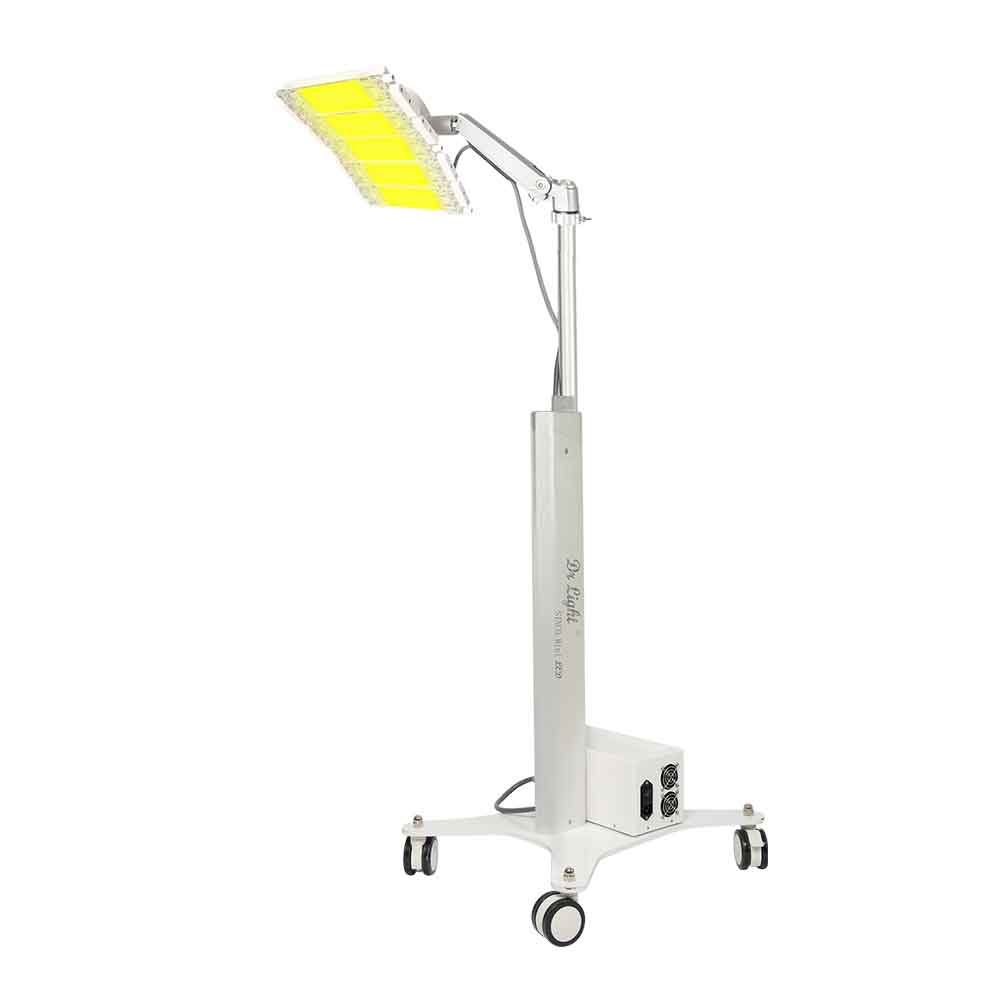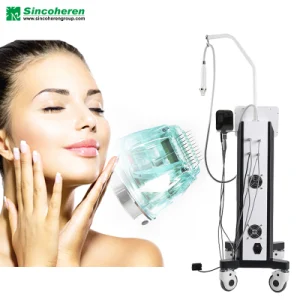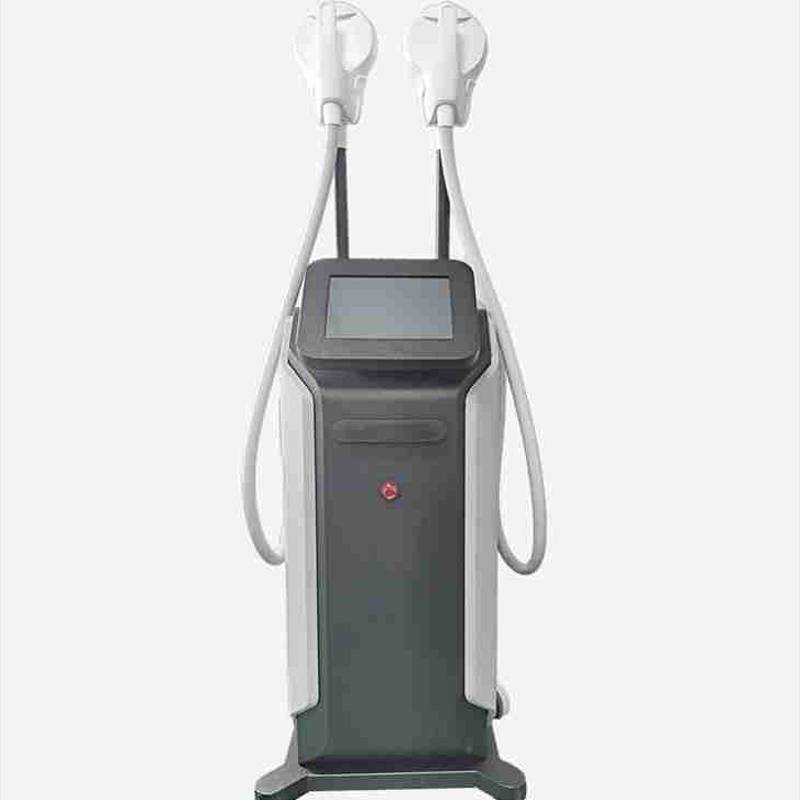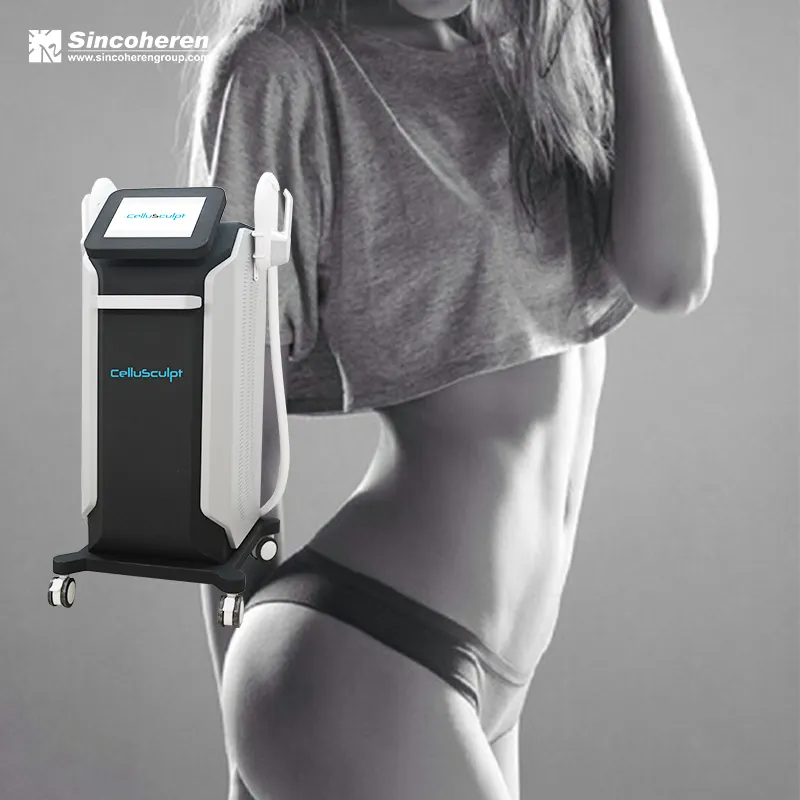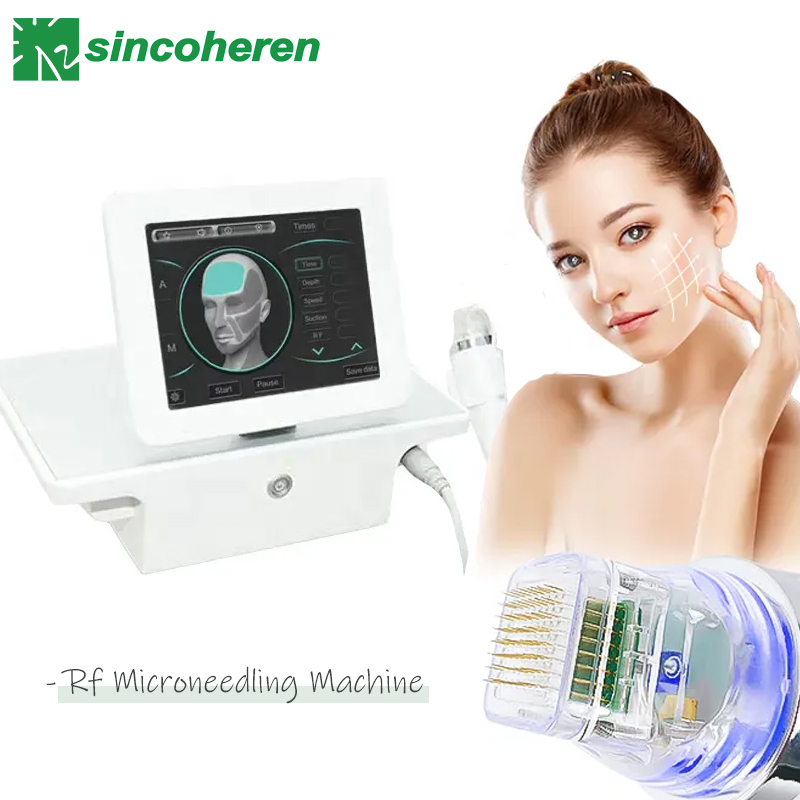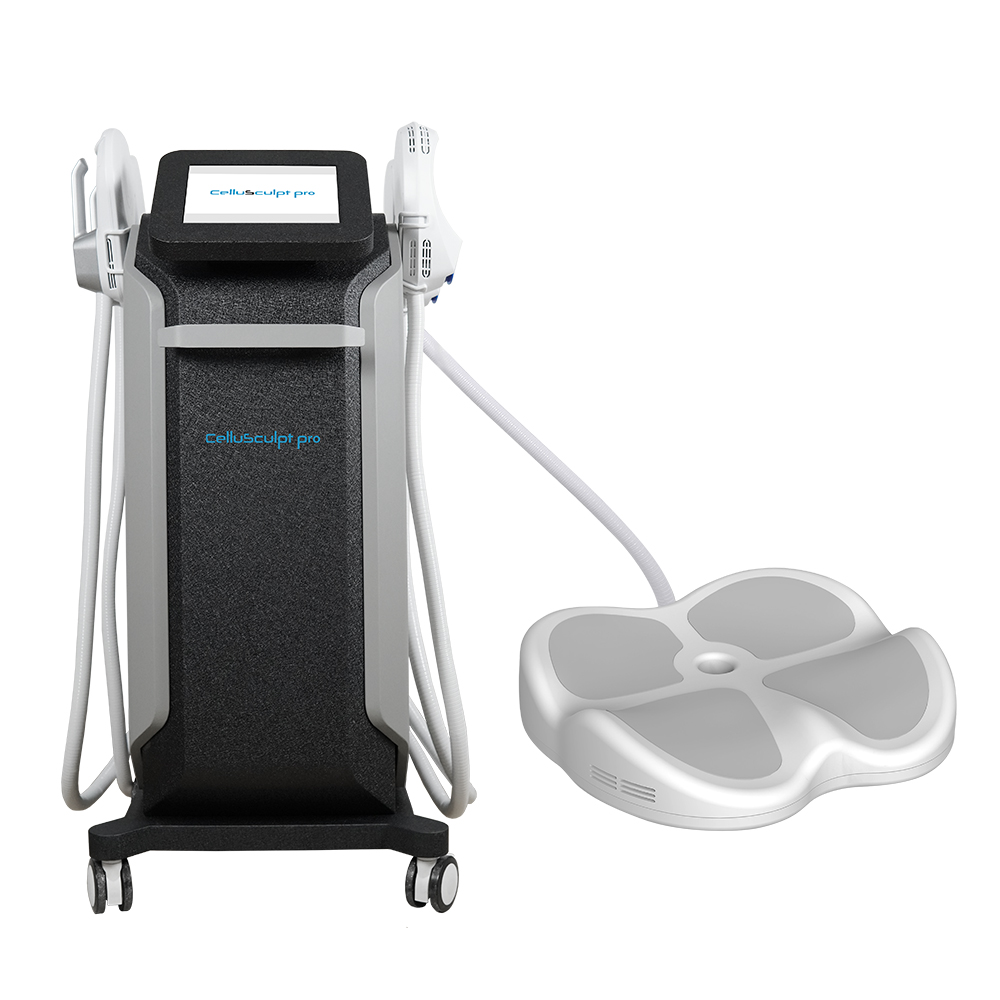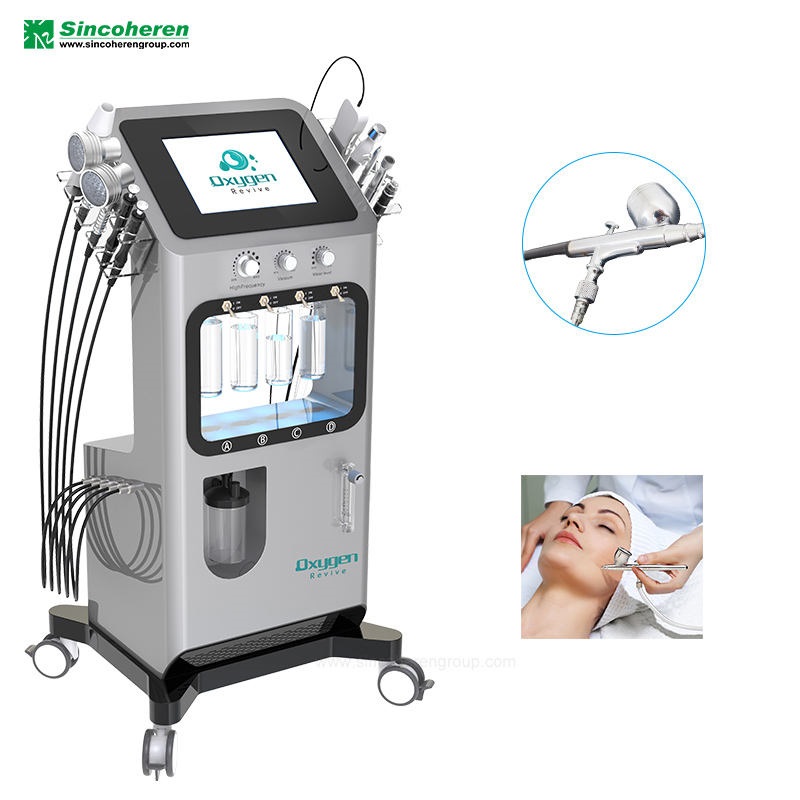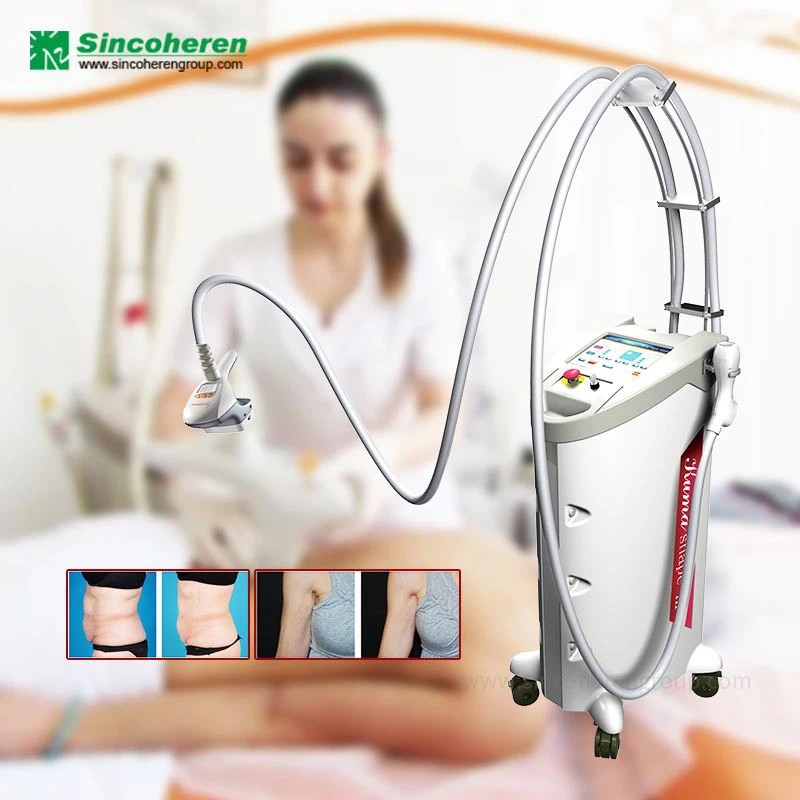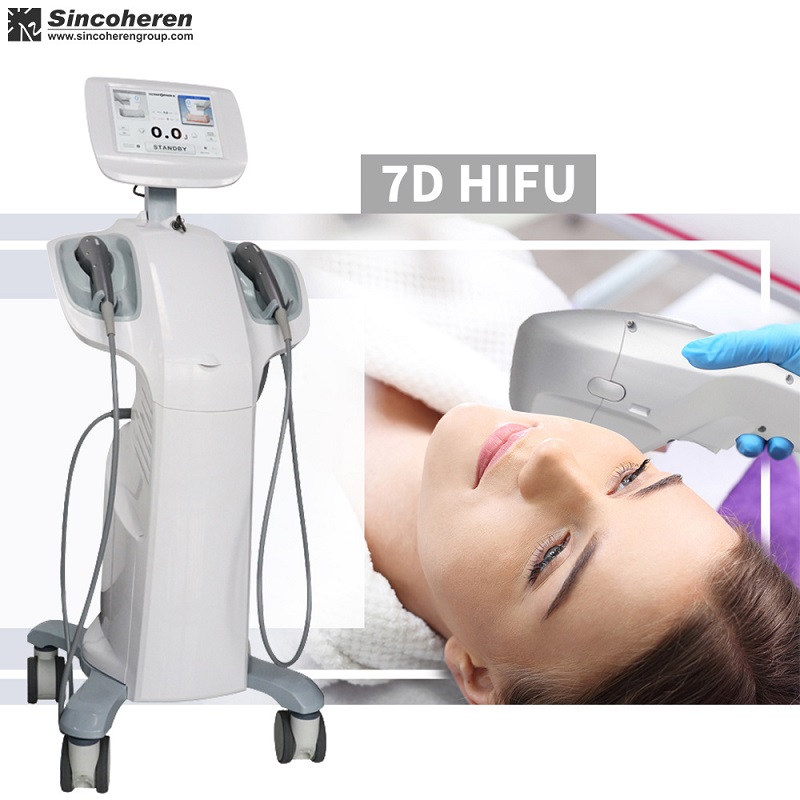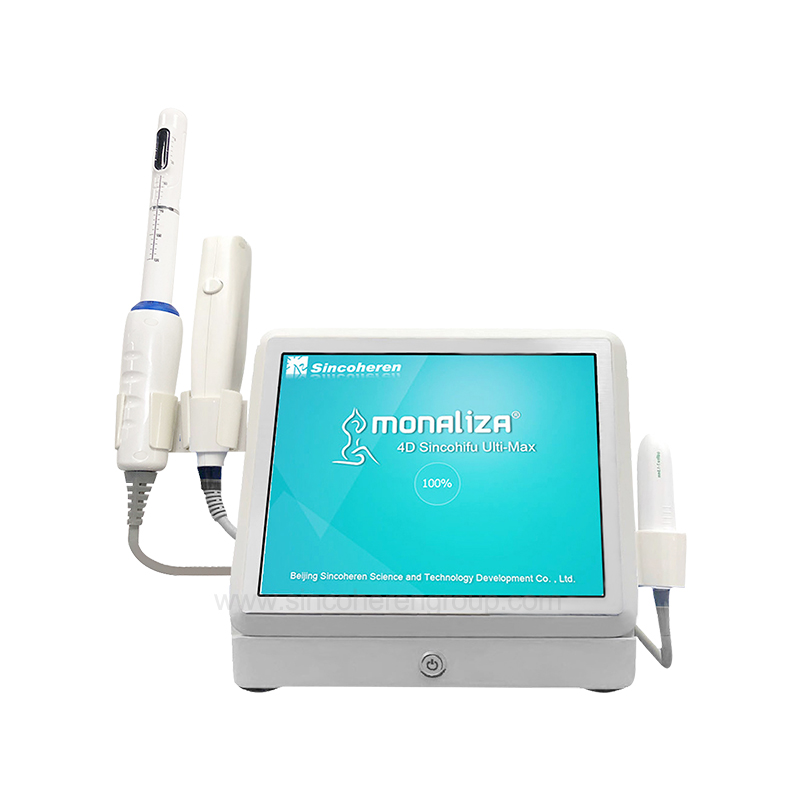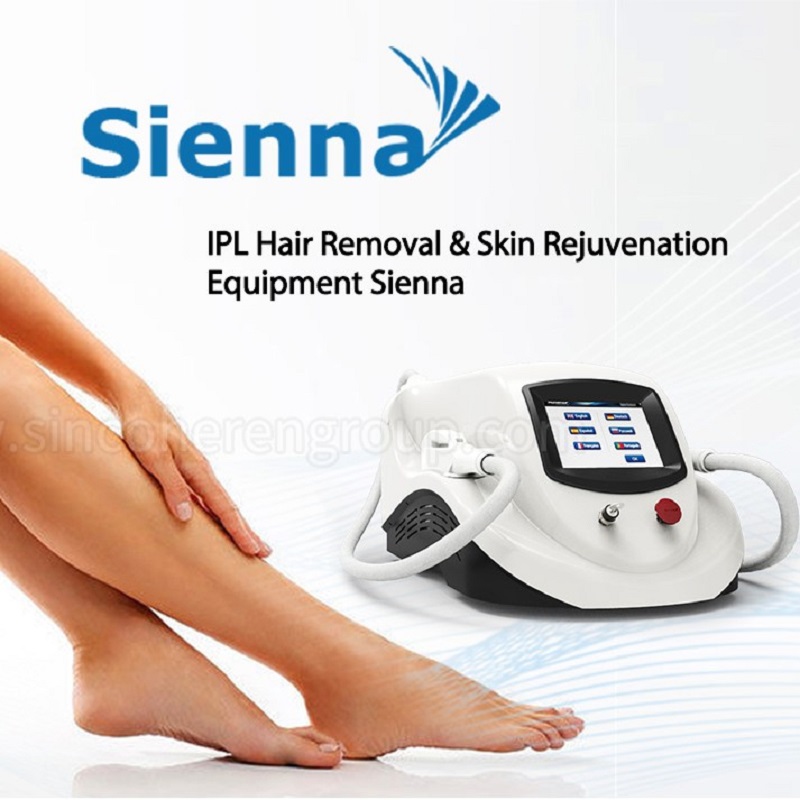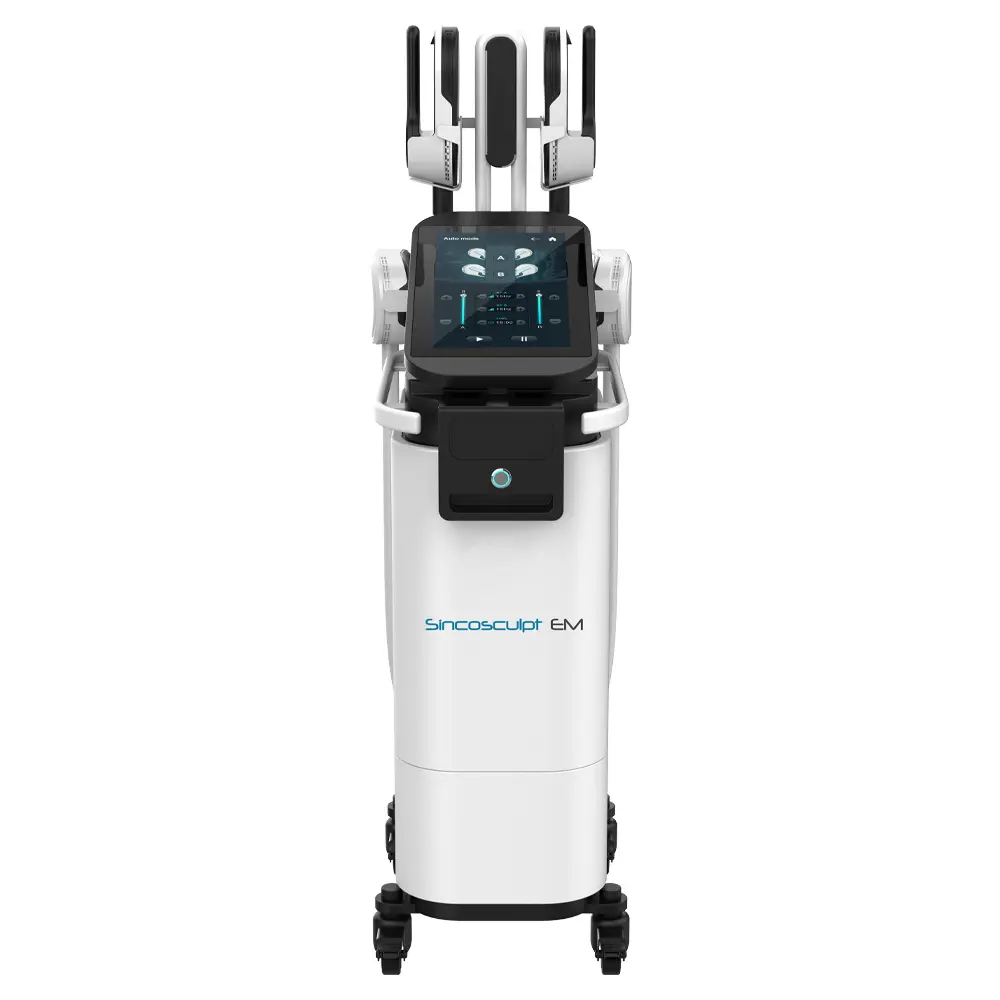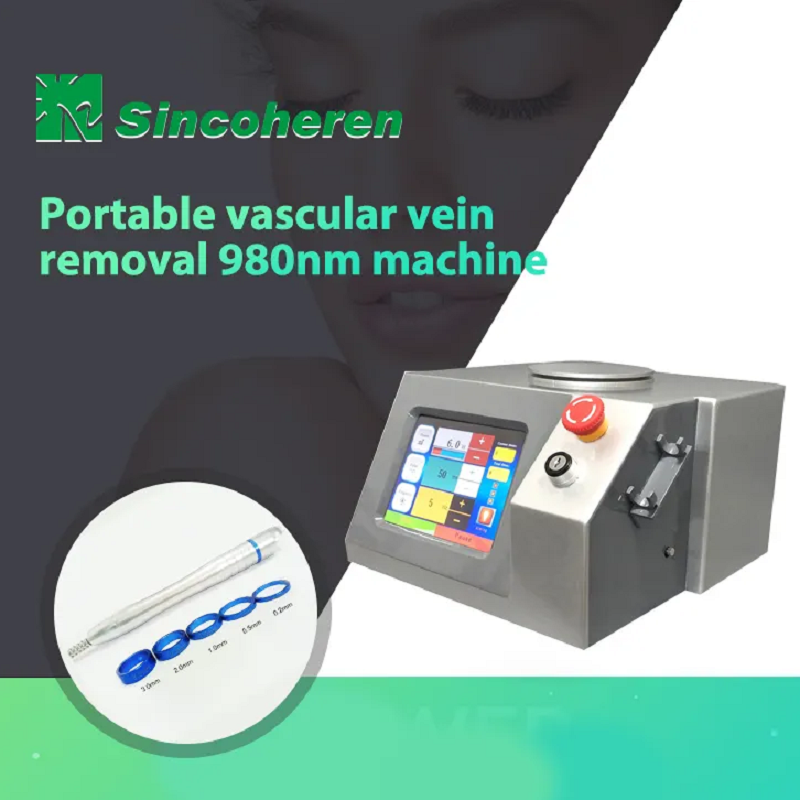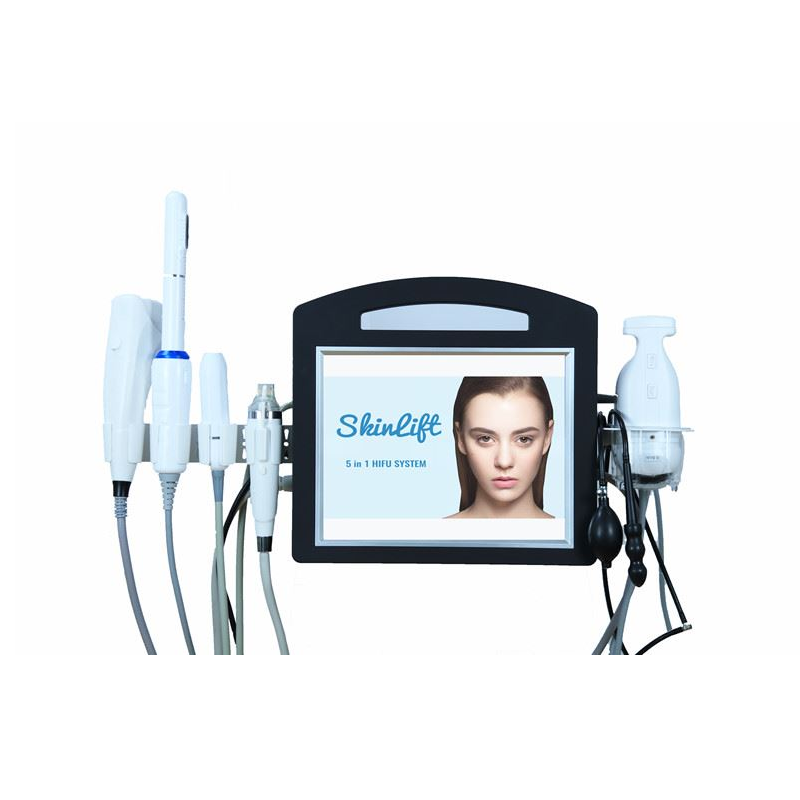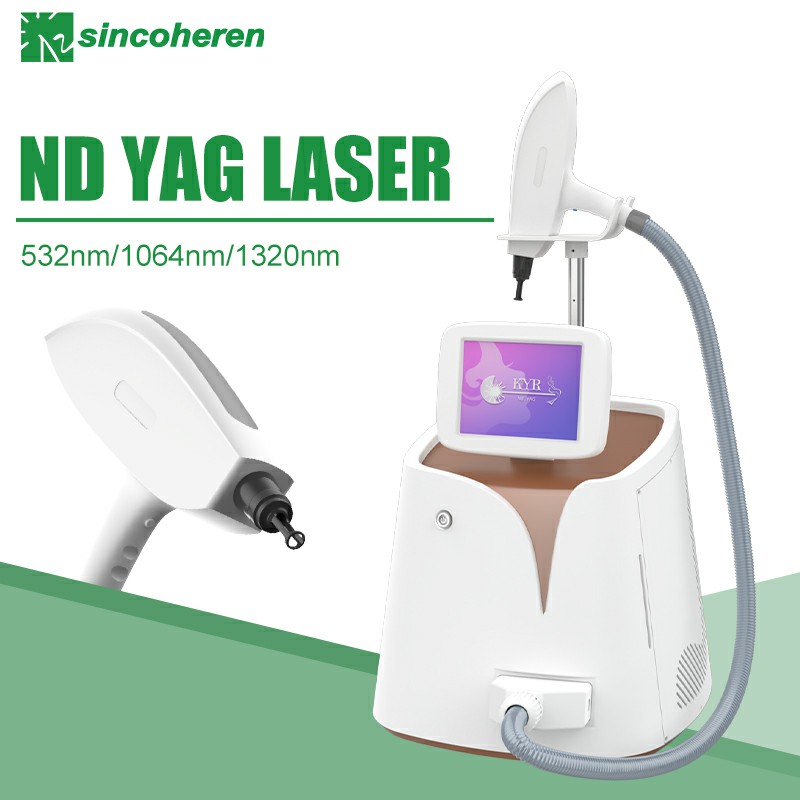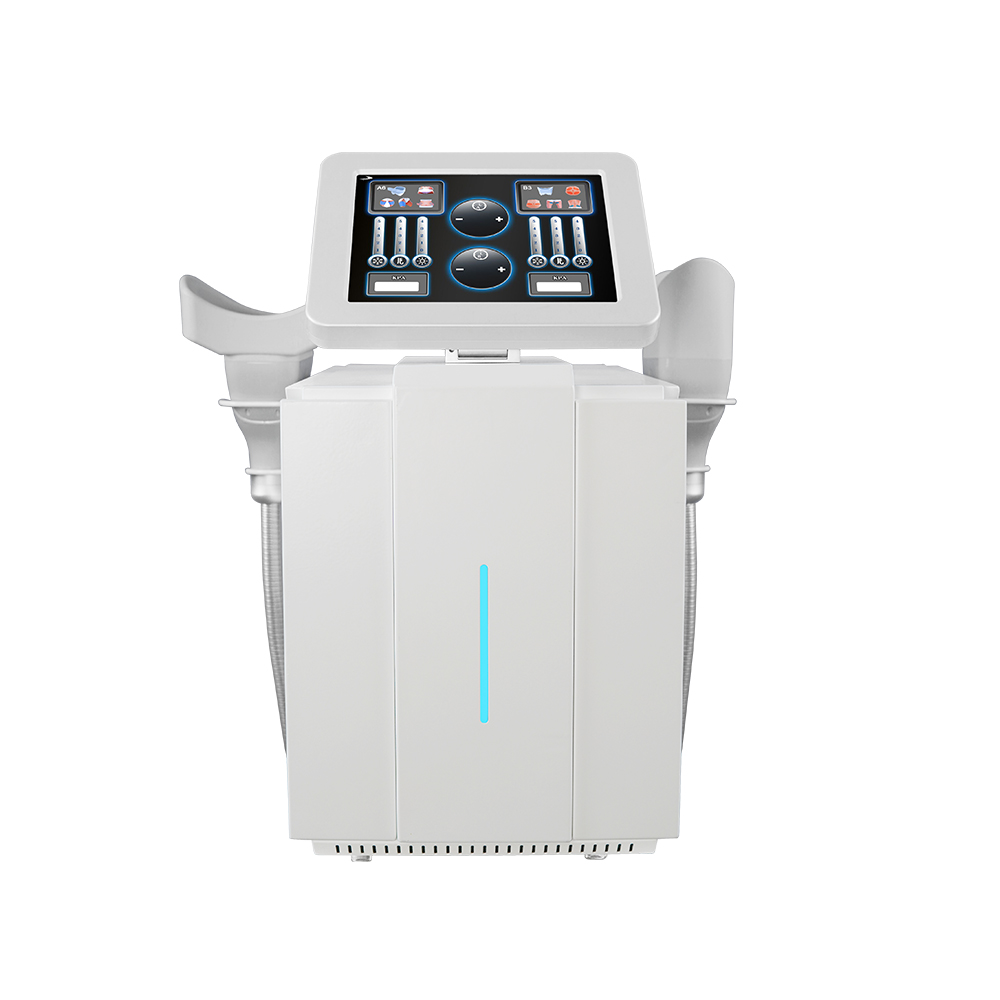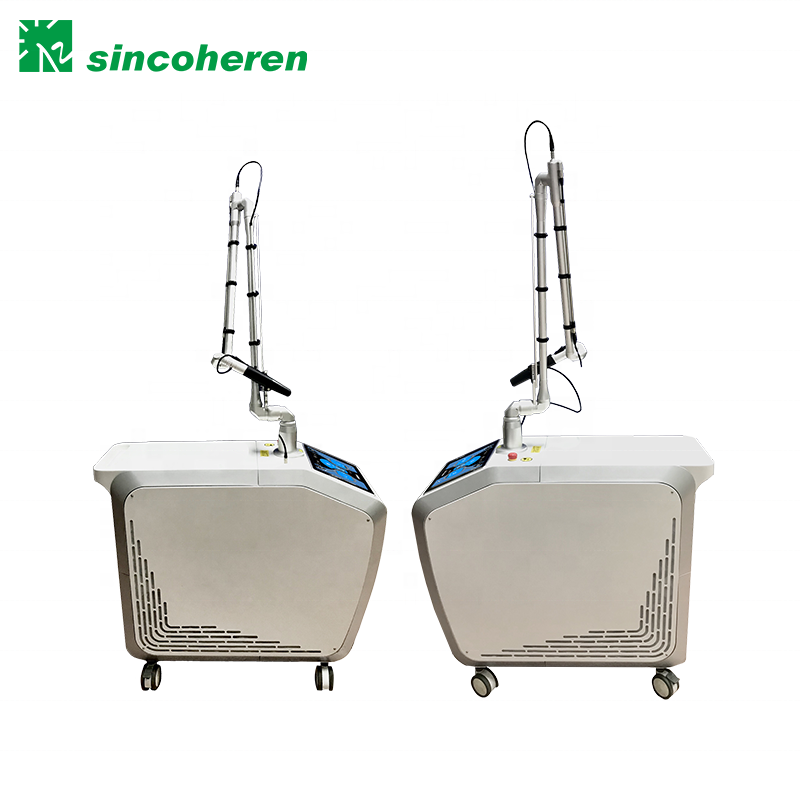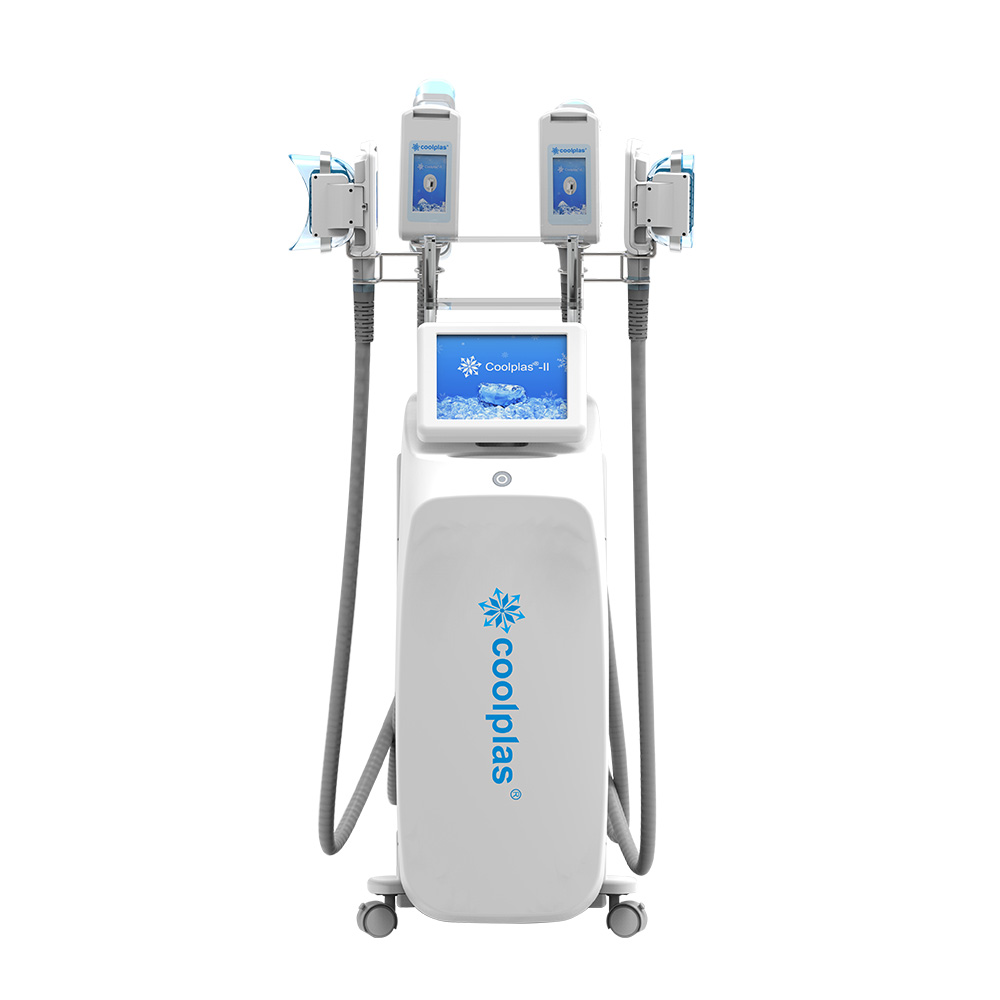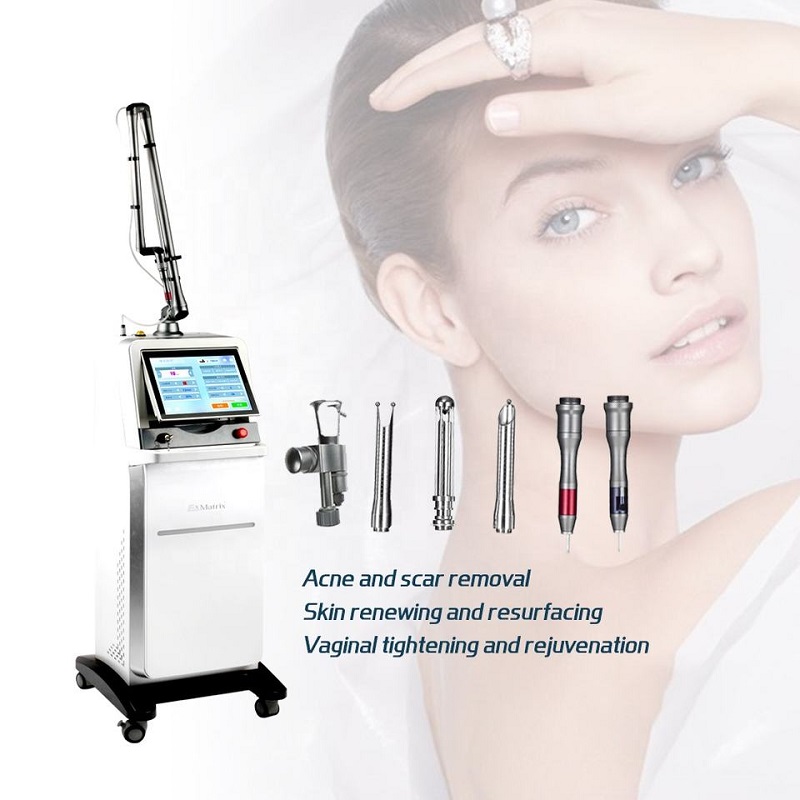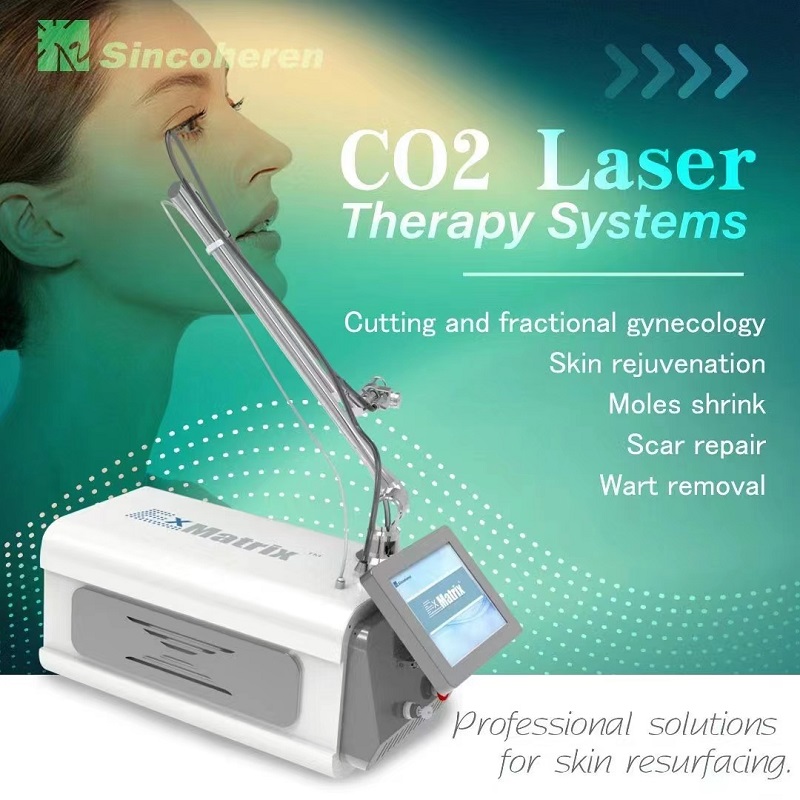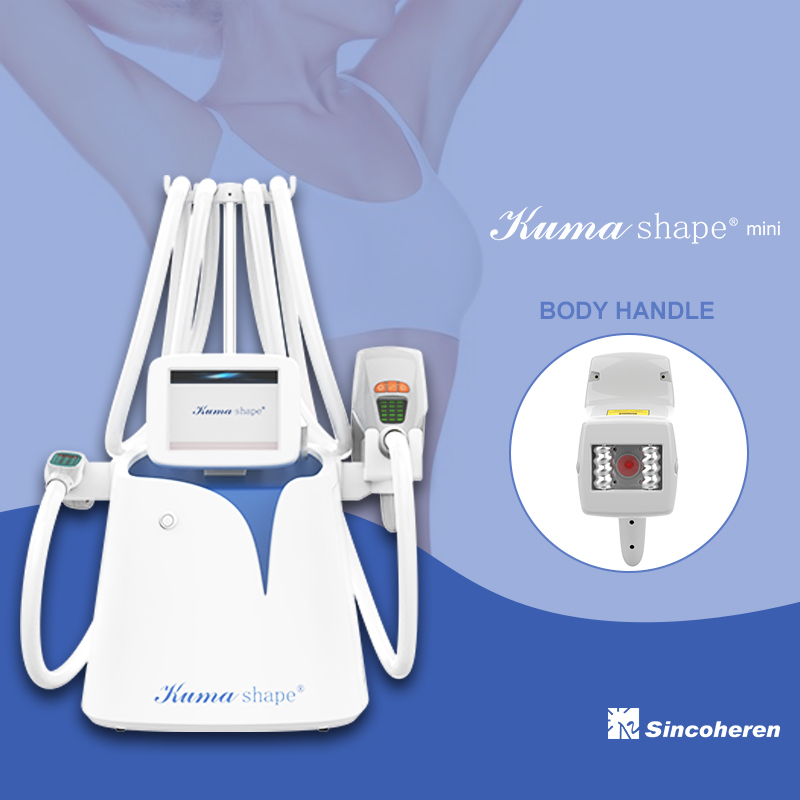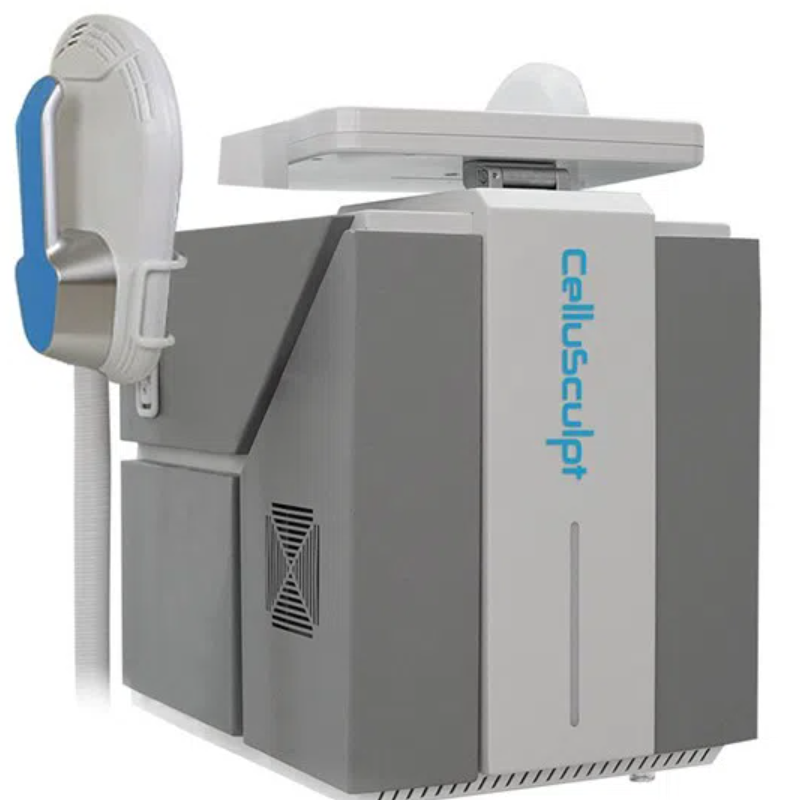Theory
Microneedling vs. Fractional Laser Treatments
As a medical aesthetics professional, you know there can be a big difference between skin resurfacing treatment modalities. The outcomes of each modality and the long-term treatment plans you prescribe to your patients can vary dramatically. To help determine the best uses for each modality based on a patient’s skin type and desired outcome, refer to this quick reference guide to the top skin resurfacing procedures to help you deliver optimal results.
Micro needling
How it works: Micro needling utilizes tiny needles that are applied to the skin with gentle pressure or pulses, creating thousands of micro dermal wounds. These micro dermal injuries send a signal to the skin to kick start the healing process, increasing collagen production and promoting healthy skin cell turnover. Because this process relies on a healthy skin response, it is best used on younger patients who are likely to have a faster cell renewal cycle.
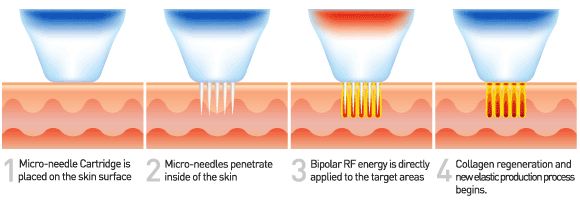
Pros and cons: Depending on needle depth, micro needling often affords a quick recovery time, from a couple days to a week.
Skin may appear slightly sun burnt and beauty products or makeup application should be avoided prior to scabbing, meaning this may not be the best treatment for patients with busy schedules.
Finally, micro needling is best used to achieve less, targeted, all-over results and will require multiple sessions to obtain an optimal outcome.
Contraindications: Because the treatment does not utilize heat, it is generally safe for all skin types, with three significant contraindications being active acne breakouts, a high level of active inflammation, and any active skin infections. Having said that, it’s important to consider more than a patient’s skin color when assessing protocols; ethnicity, past and current health records, and even history of sun exposure are other factors that can weigh in on your decision. In all cases, test spots are imperative.
Fractional CO2 Laser Resurfacing
How it works: Fractional carbon dioxide (CO2) laser resurfacing devices utilize infrared light delivered through a carbon dioxide-filled tube to create micro-thermal wounds in targeted tissue. As the light is absorbed by the skin, tissue is vaporized, leading to the removal of aged and damaged skin cells from the outer layer of the treated area. Thermal damage caused by the laser also contracts existing collagen, which firms up skin and boosts new collagen production alongside a spike in healthy cell renewal.

Pros and cons: While non-surgical, this treatment modality is more invasive than many other skin resurfacing treatments, which can translate to more noticeable results. That being said, the fact that it is more invasive also means that partial or complete sedation may be necessary for patient comfort and treatment times often average between 60 to 90 minutes. Skin will be red and warm to the touch, and at least one week of downtime is expected.
Contraindications: There are several standard contraindications, such as active infections in the desired treatment area. In addition, patients who have used isotretinoin in the past six months should wait to be treated. CO2 laser resurfacing is also not recommended for darker skin types.
More and more practice combine fractional CO2 laser and Micro-needling RF together to get better results on stretch mark reduction and acne scarring nowadays.
For more details of each device please refer to
https://www.sincoherengroup.com/fractional-co2-lasers/fractional-co2-laser-skin-surfacing-equipment.html










